My dad has been a self-employed electrician for many years, and he has always liked to tinker with all kinds of electronics and gadgets. He's definitely one of the reasons that I got into science and engineering in the first place. He is also probably one of the world's biggest fans of Thomas Edison.
Recently, my dad was in town for my graduation, and it also happened to be his birthday, so we decided to make the one hour drive to check out Thomas Edison's laboratory. Technically the lab is a national park at this point, so it was a little bit interesting to see park rangers walking around the lab. This post represents a small sampling of the pictures I took throughout the lab :)
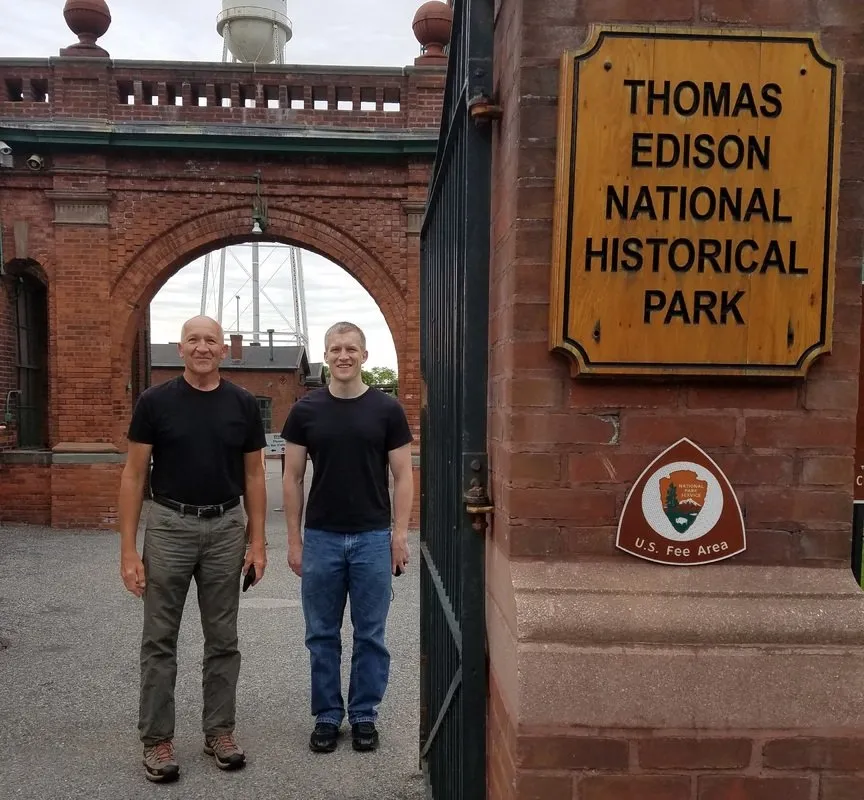
My dad and I at the Park entrance.
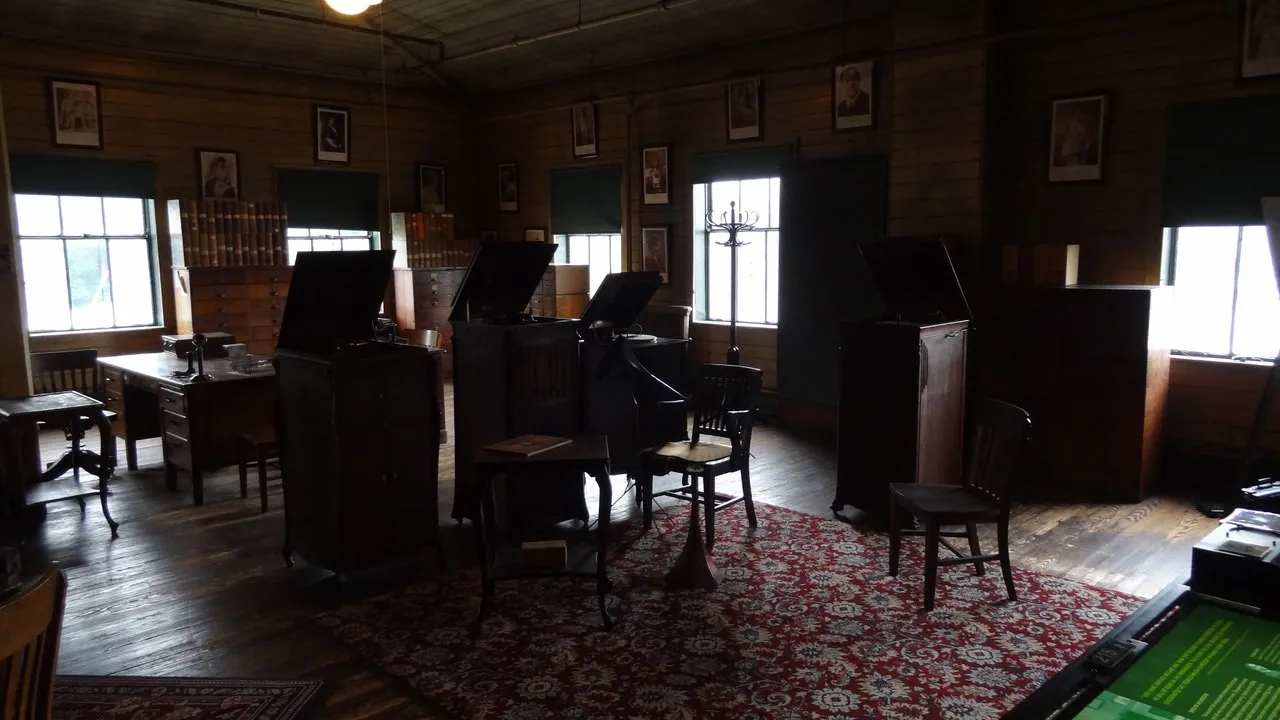
Collection of Edison's phonographs: precursors to the digital world of music :)
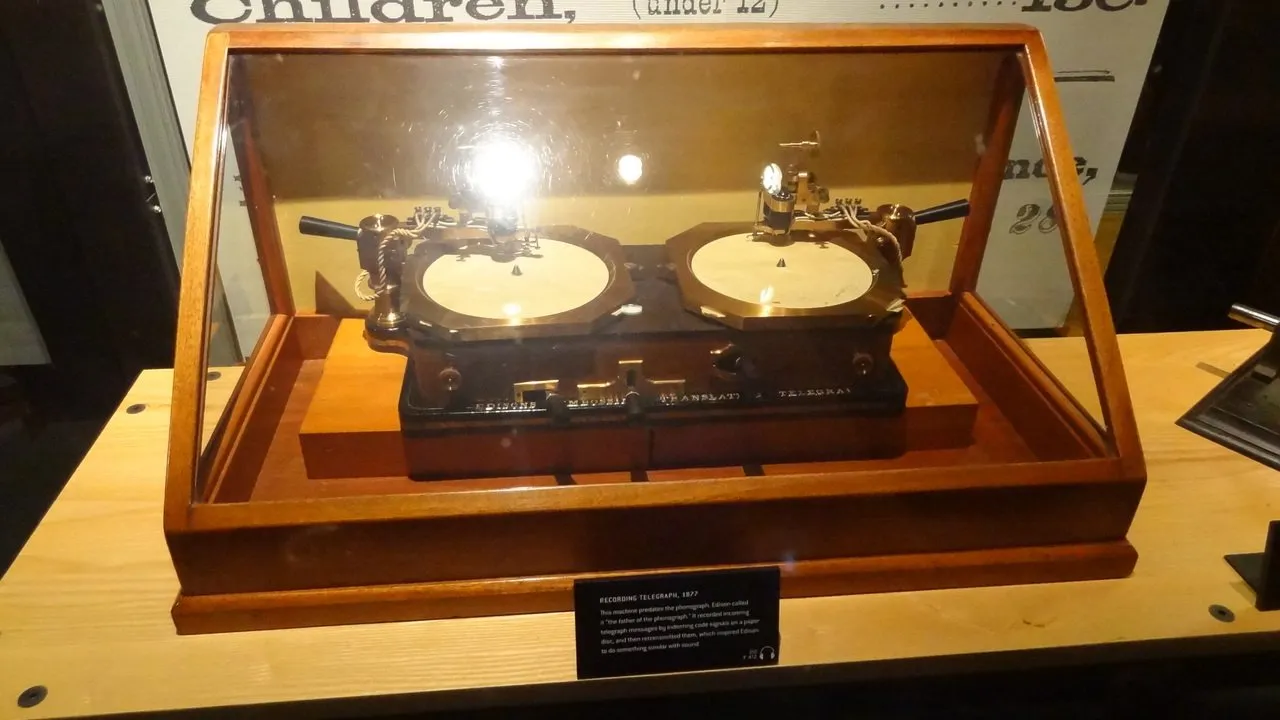
Recording telegraph, 1877. This predates the phonograph. It recorded incoming telegraph messages by indenting code signals on a paper disc.
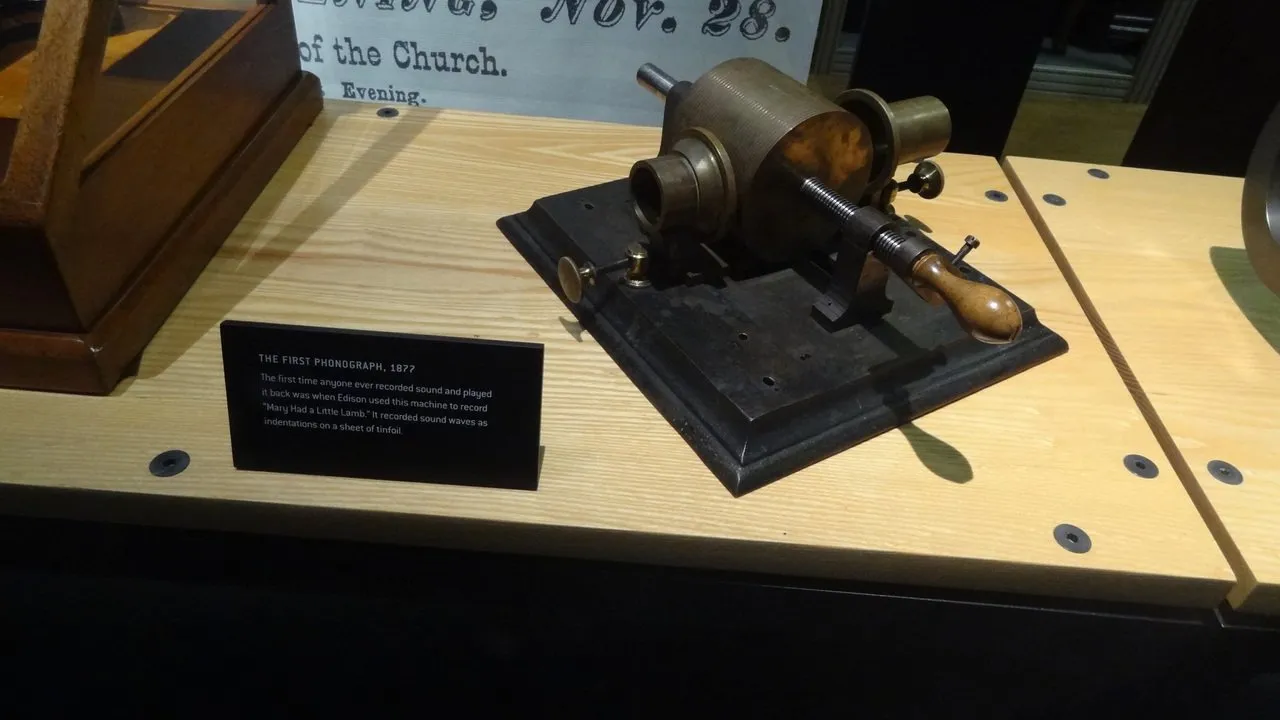
The first phonograph, 1877. The first time anyone ever recorded sound and played it back was when Edison used this machine to record "Mary had a little lamb."
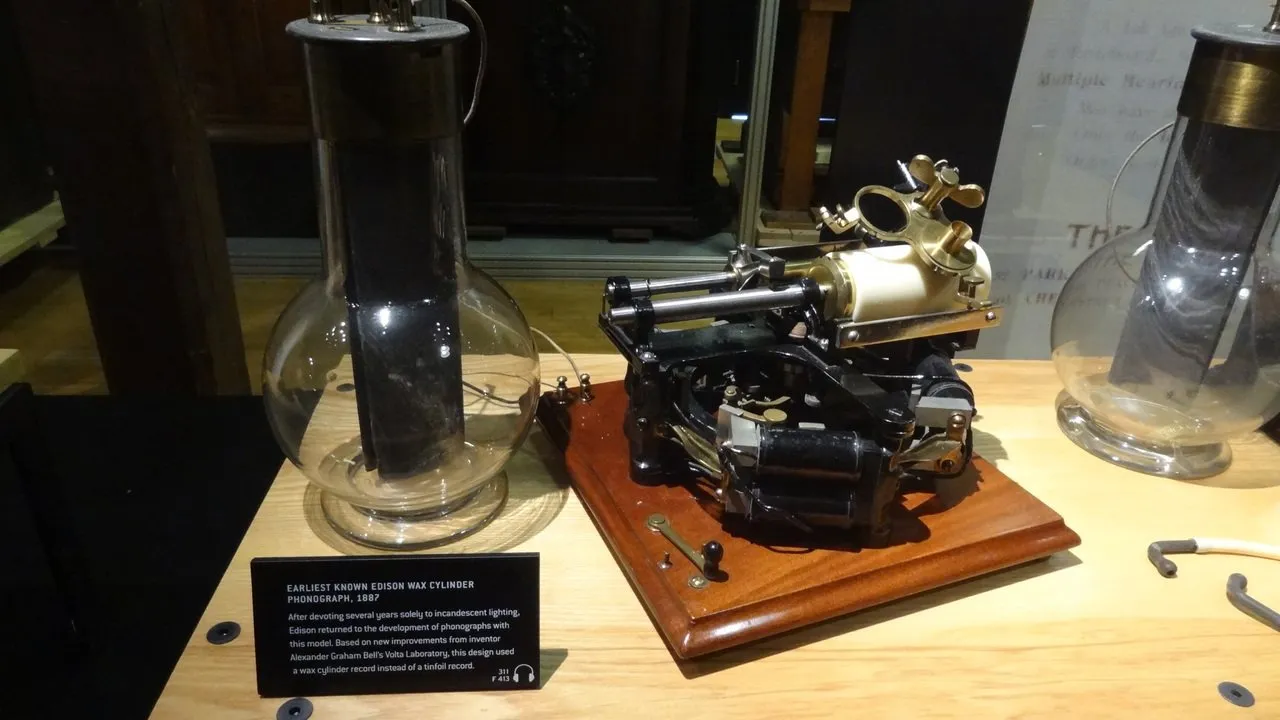
Earliest known Edison wax cylinder phonograph, 1887.
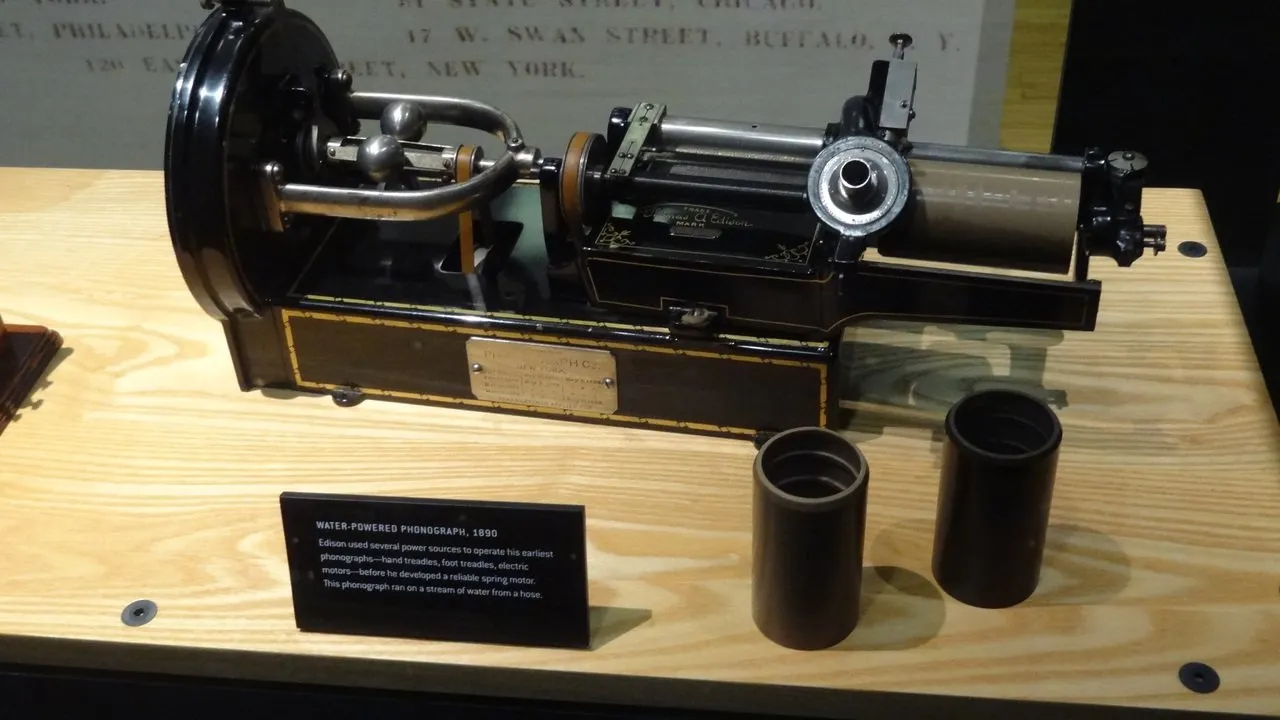
Water-powered phonograph, 1890.
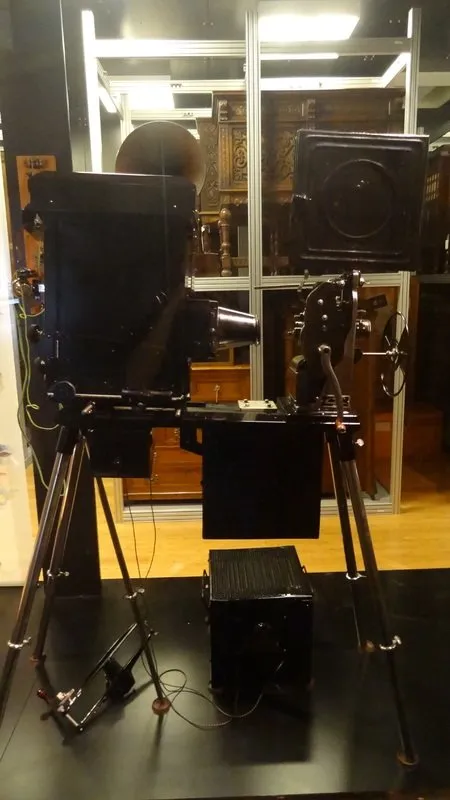
Kinetophone sound film system, 1913. The kinetophone attempted to synchronize recorded sound with motion pictures. A projector at the back of the theater was connected by pulley to a phonograph at the front with operators communicating by intercom, but it proved too complicated for most theater owners to operate.
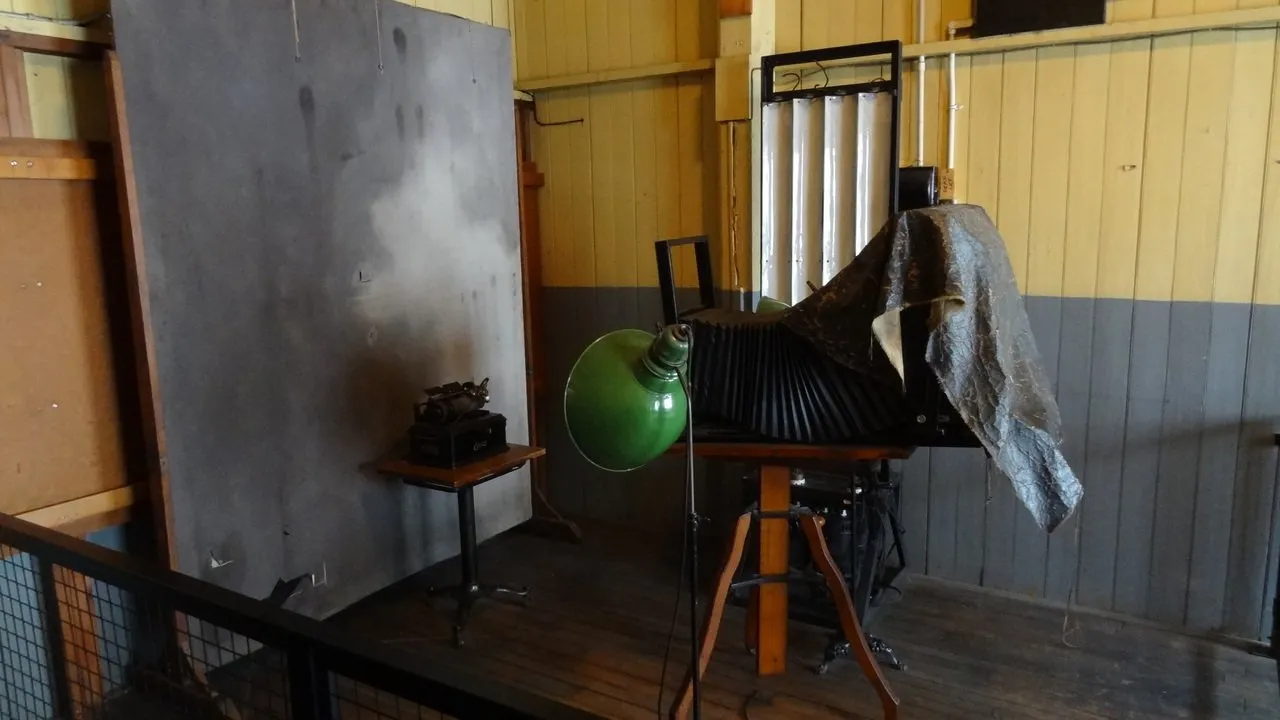
Photography equipment from Edison's Photo Department.
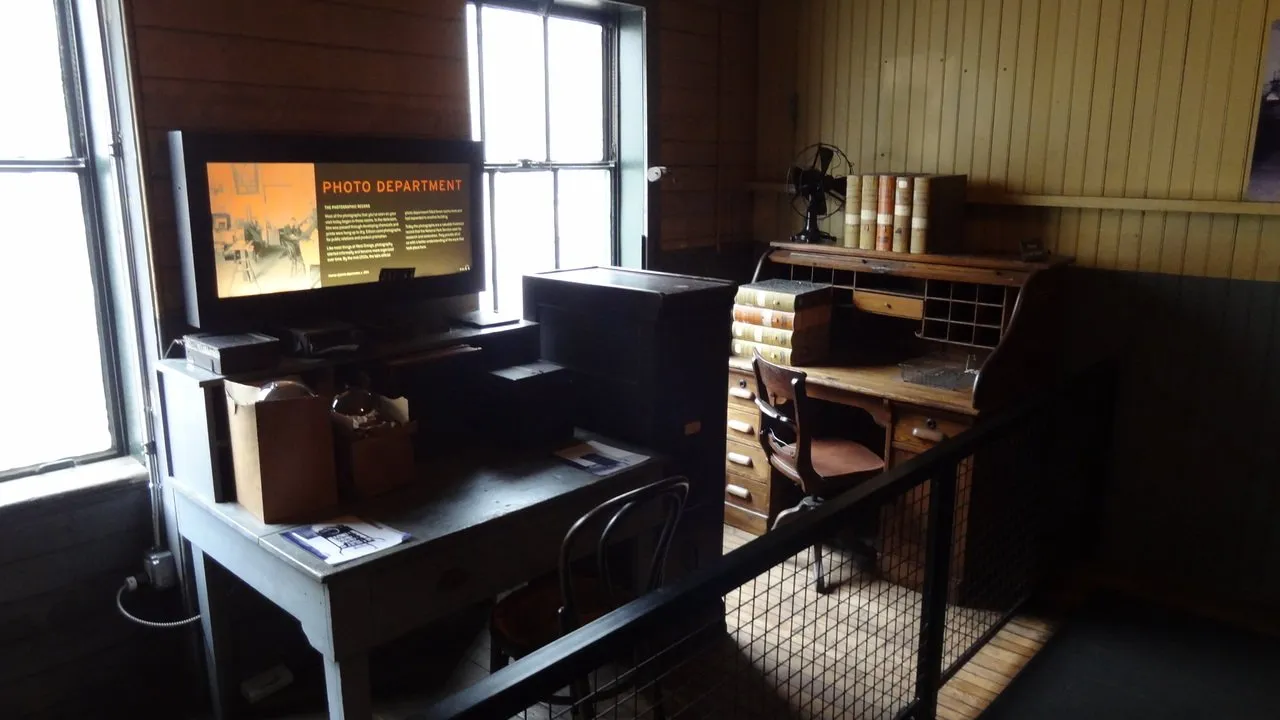
Workstations from Edison's Photo Department.
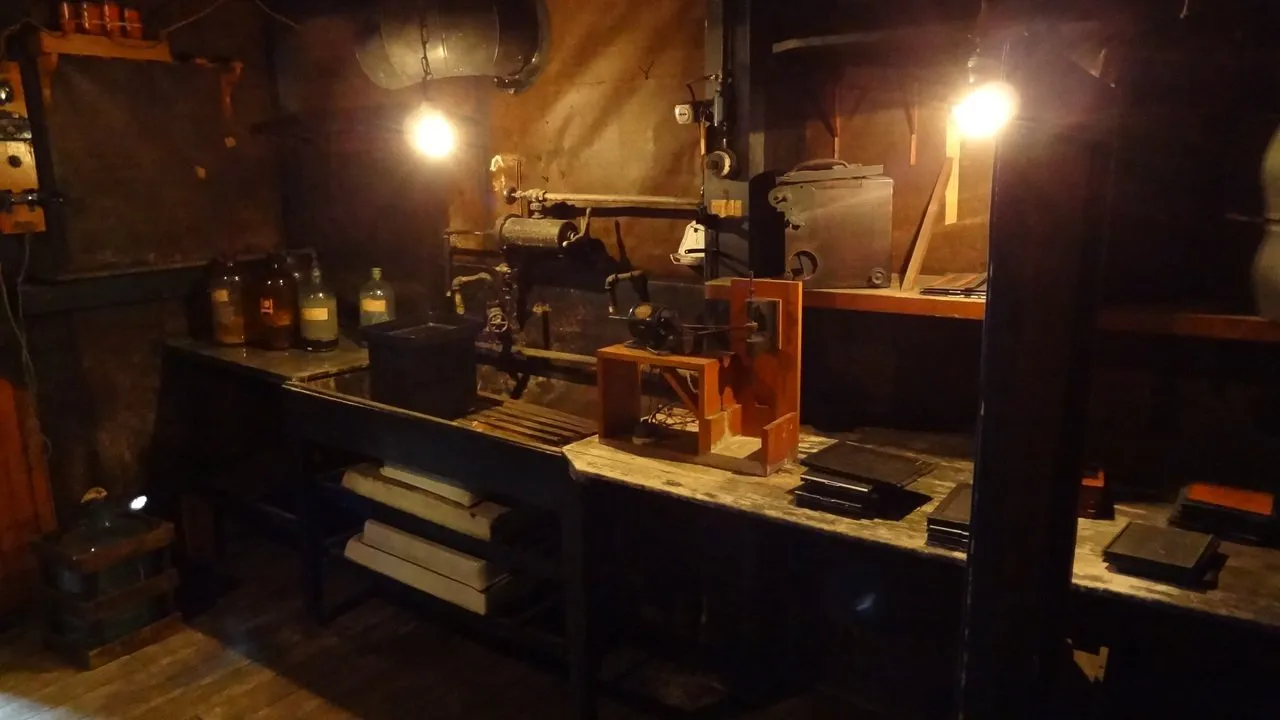
Photography supplies and chemicals.
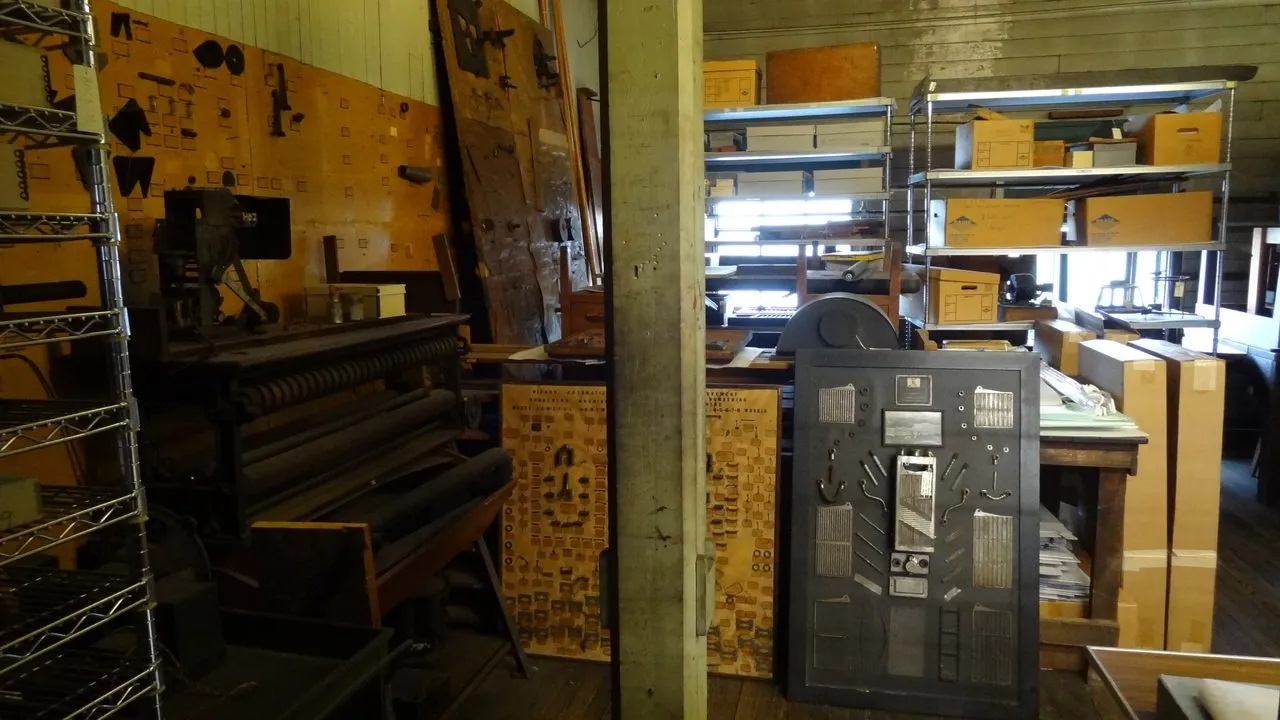
Miscellaneous supplies.
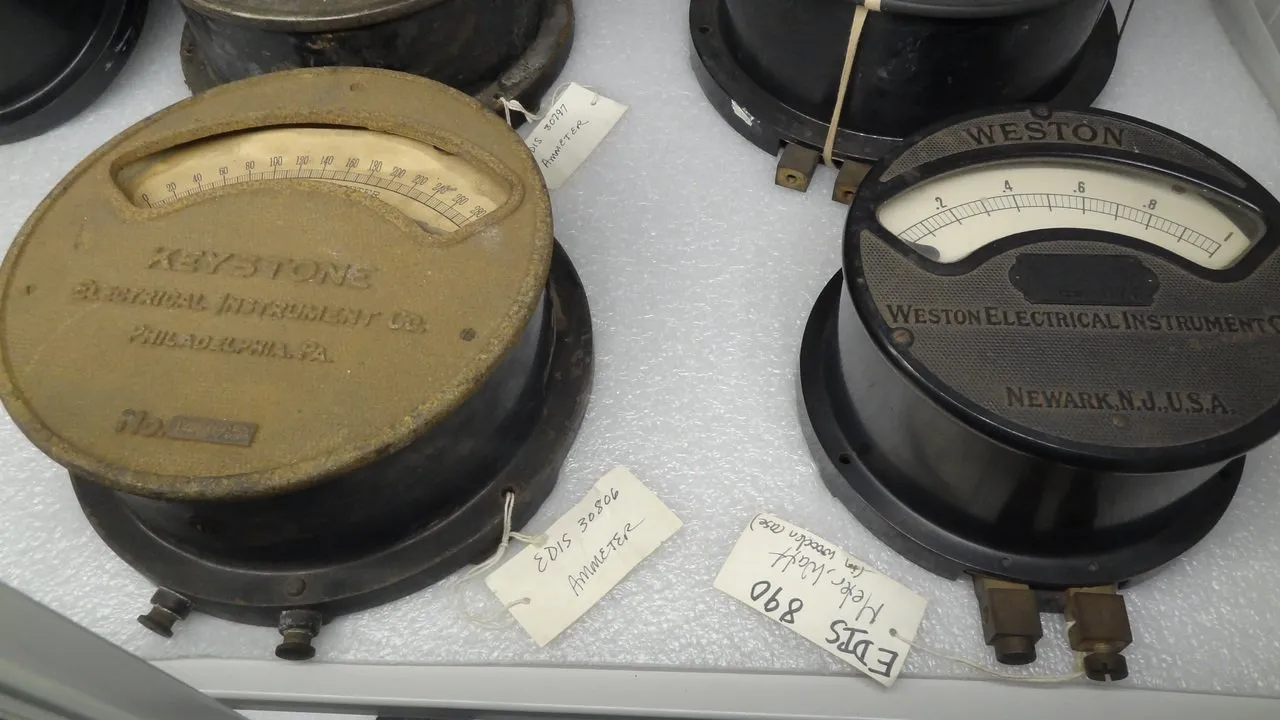
It wouldn't be Thomas Edison's lab without various electrical instruments and meters.
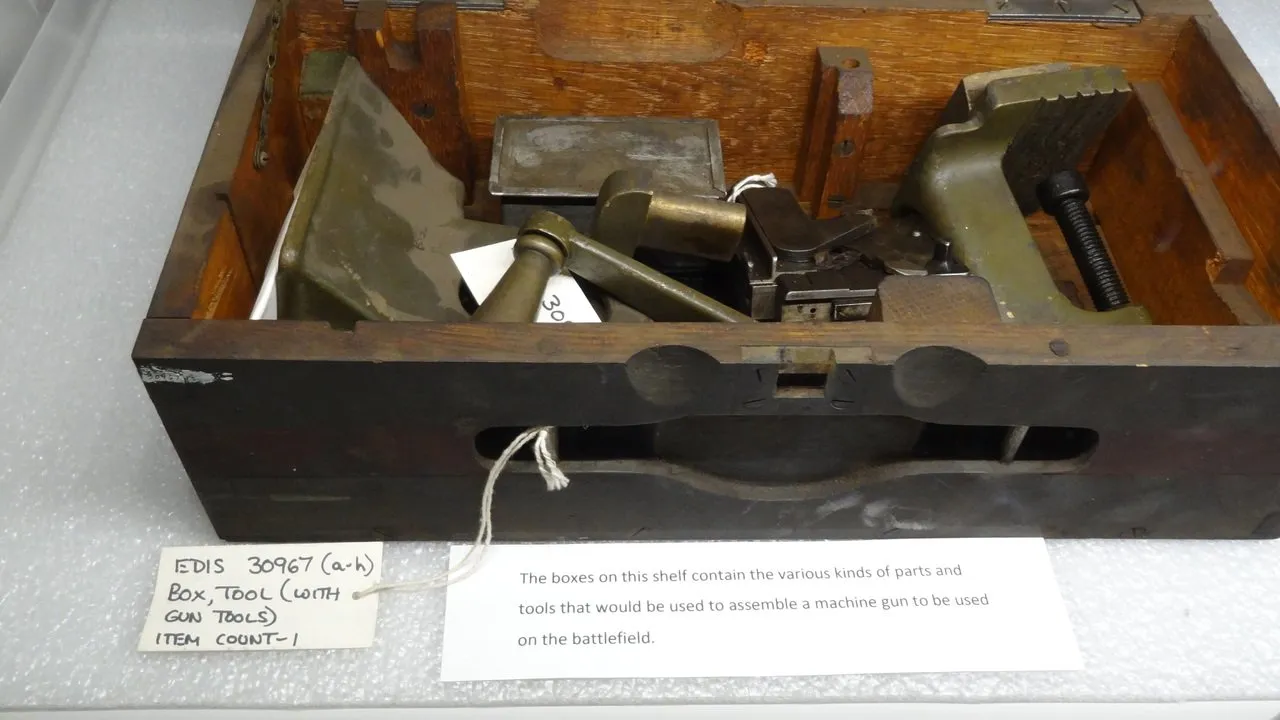
Parts and tools used to assemble a machine gun.

More gun tools. Edison helped to innovate tools and weapons for battle.
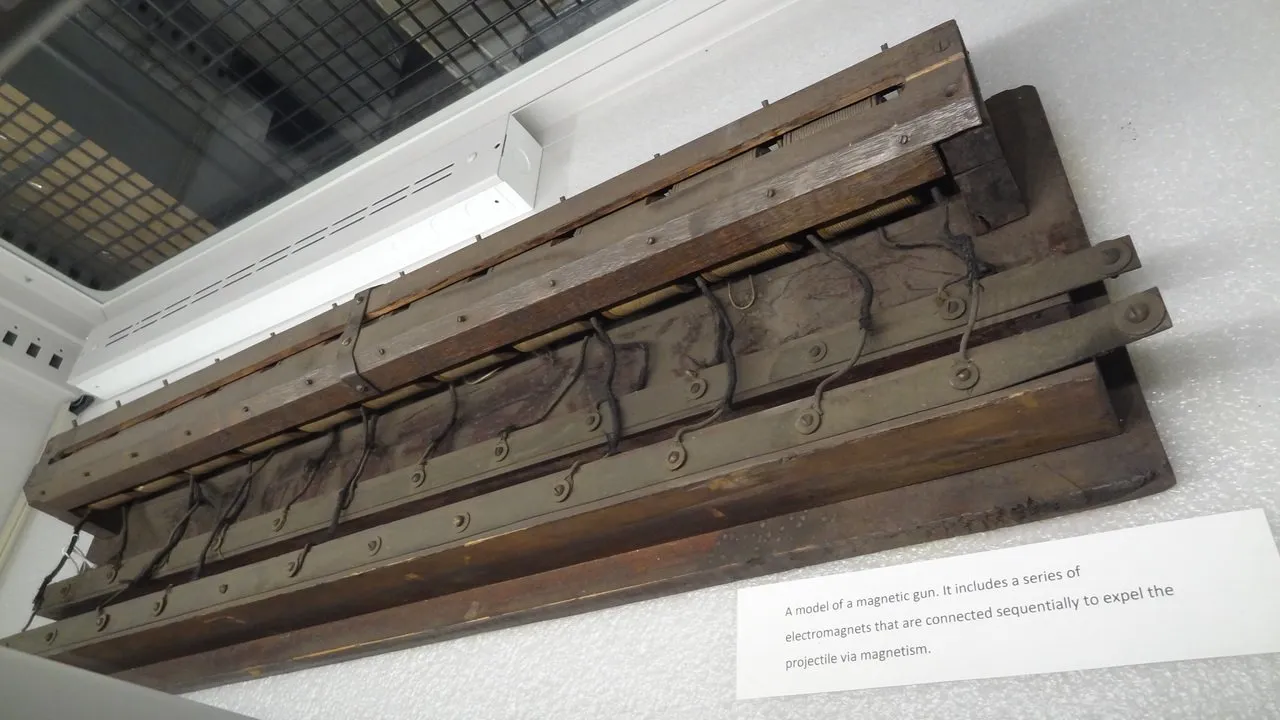
A model of a magnetic rail gun.
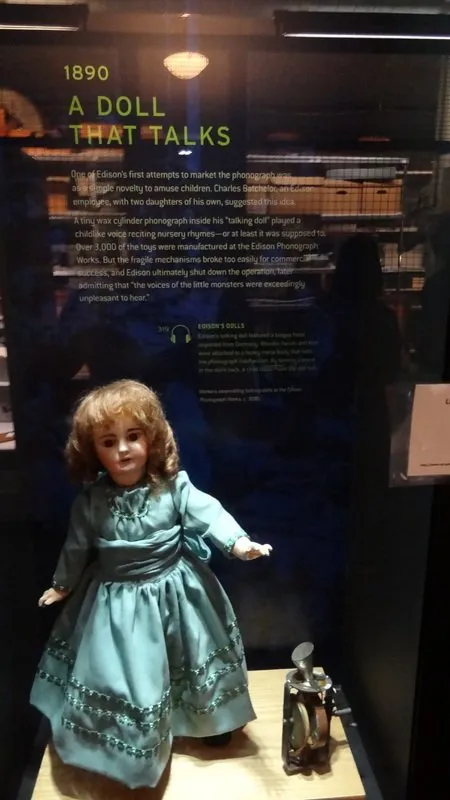
A talking doll. One of Edison's first attempts to market the phonograph was as a simple novelty to amuse children. He later admitted that "the voices of the little monsters were exceedingly unpleasant to hear." LOL
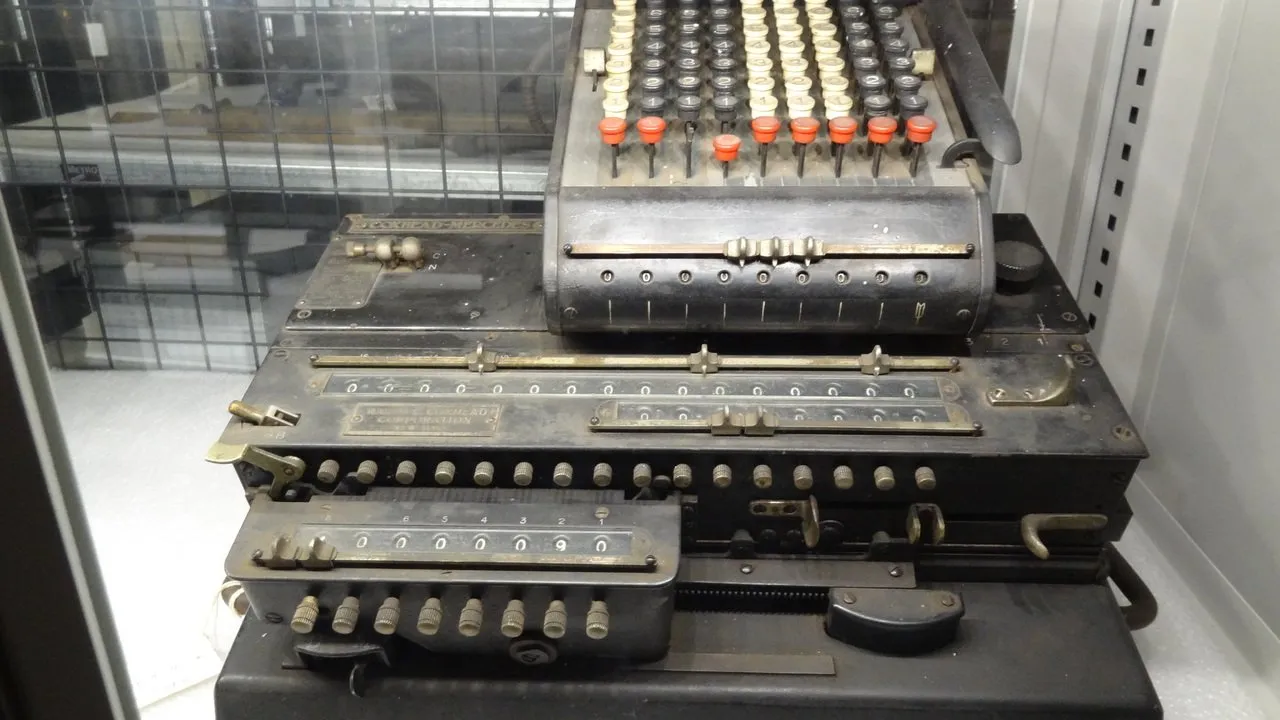
A VERY old-school mechanical calculator.
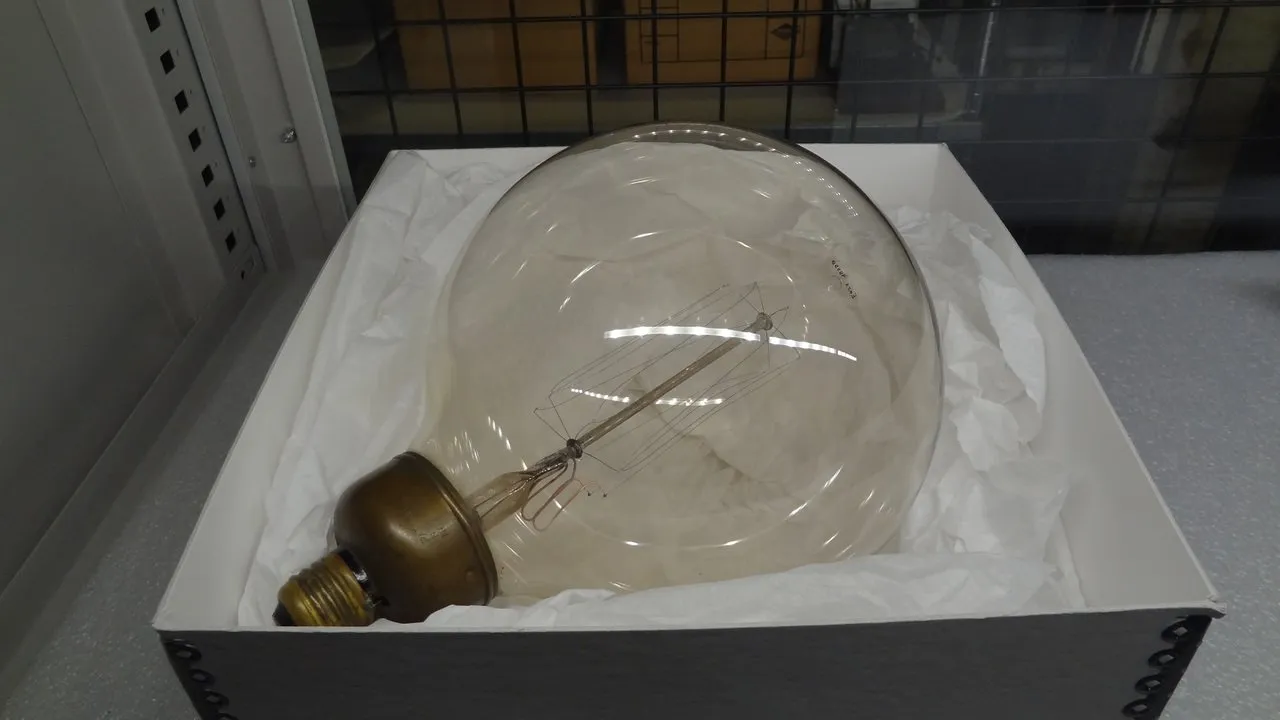
One of Edison's experimental light bulbs.
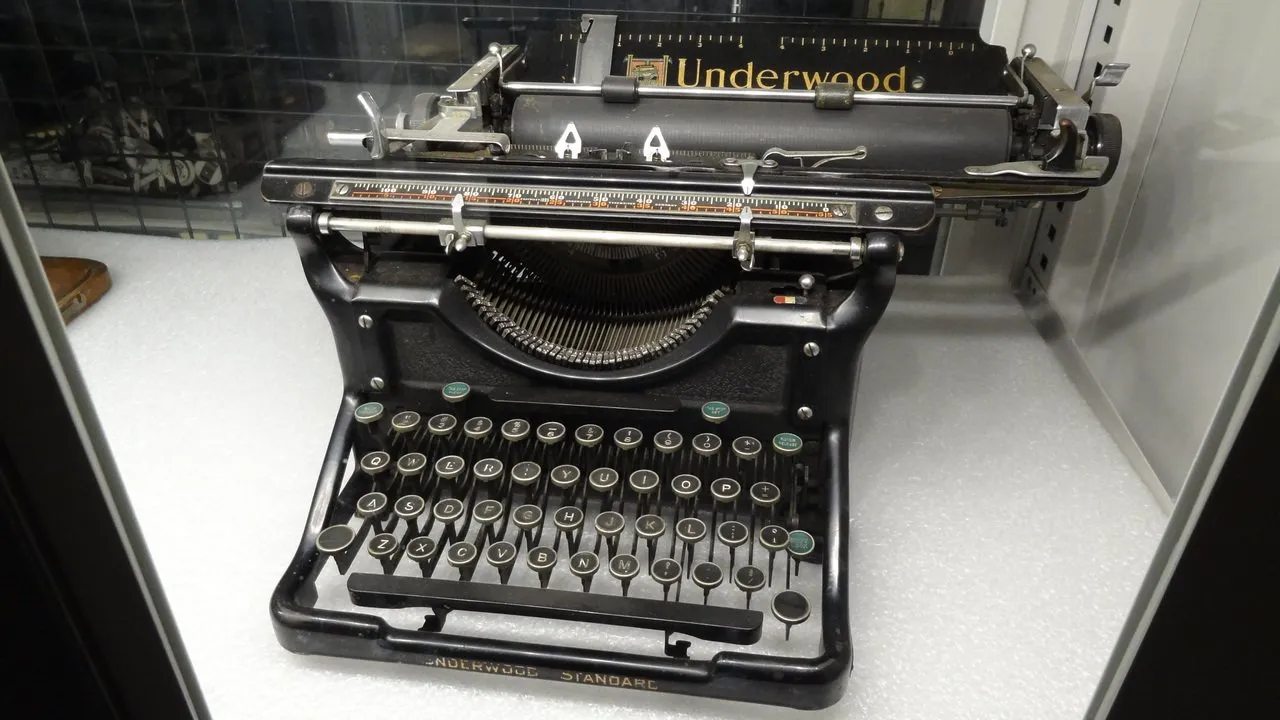
Classic Underwood typewriter used in the lab.
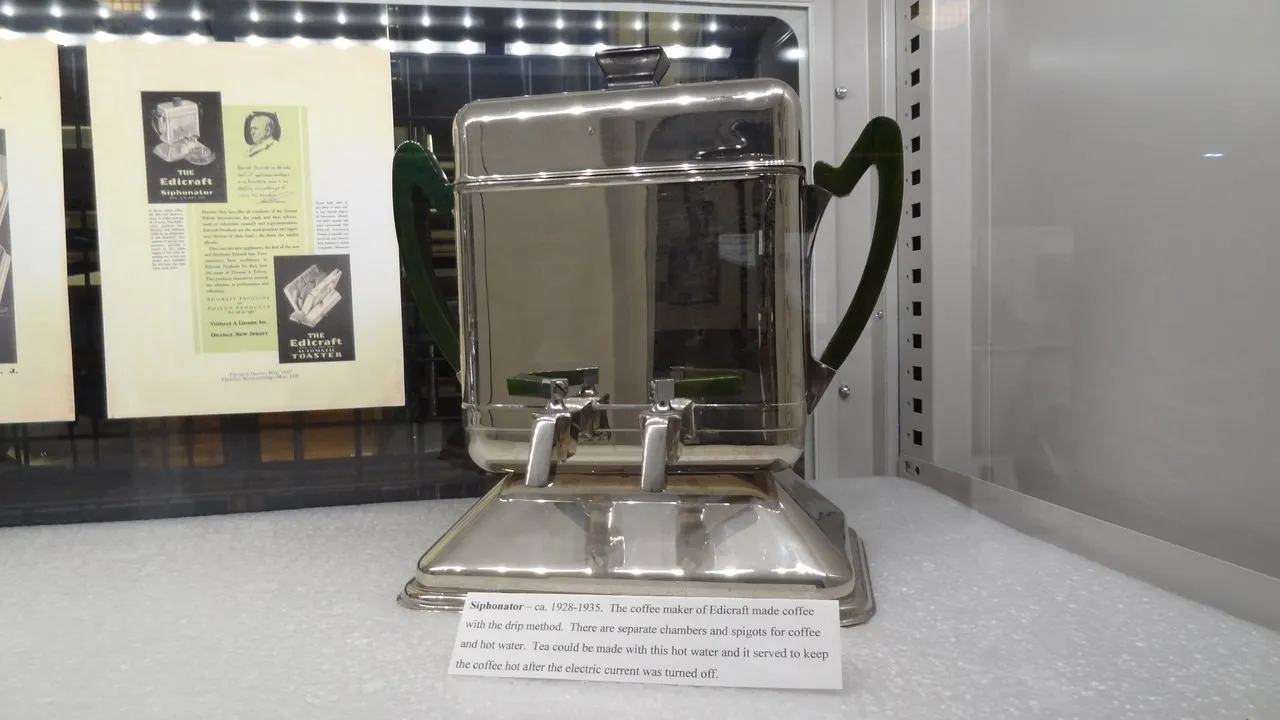
Edicraft made many different appliances for home use, including this Siphonator (drip coffee maker).
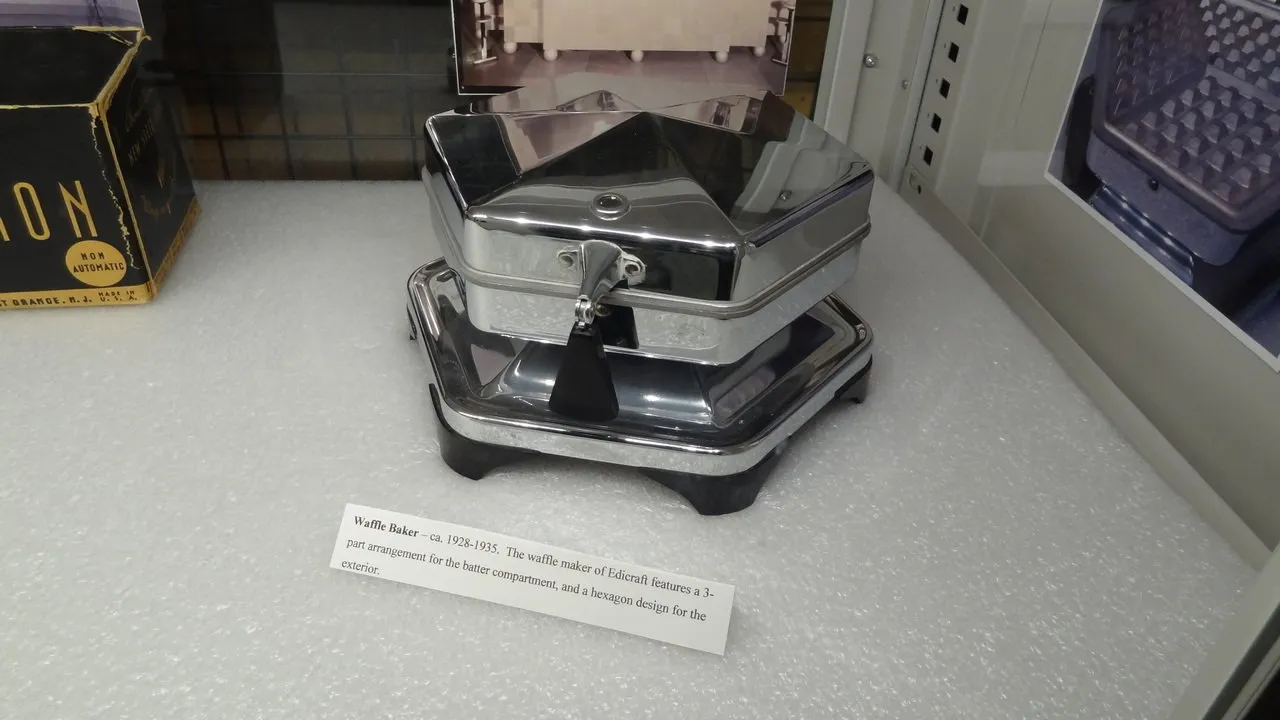
Edicraft Waffle Baker, 1928-1935.
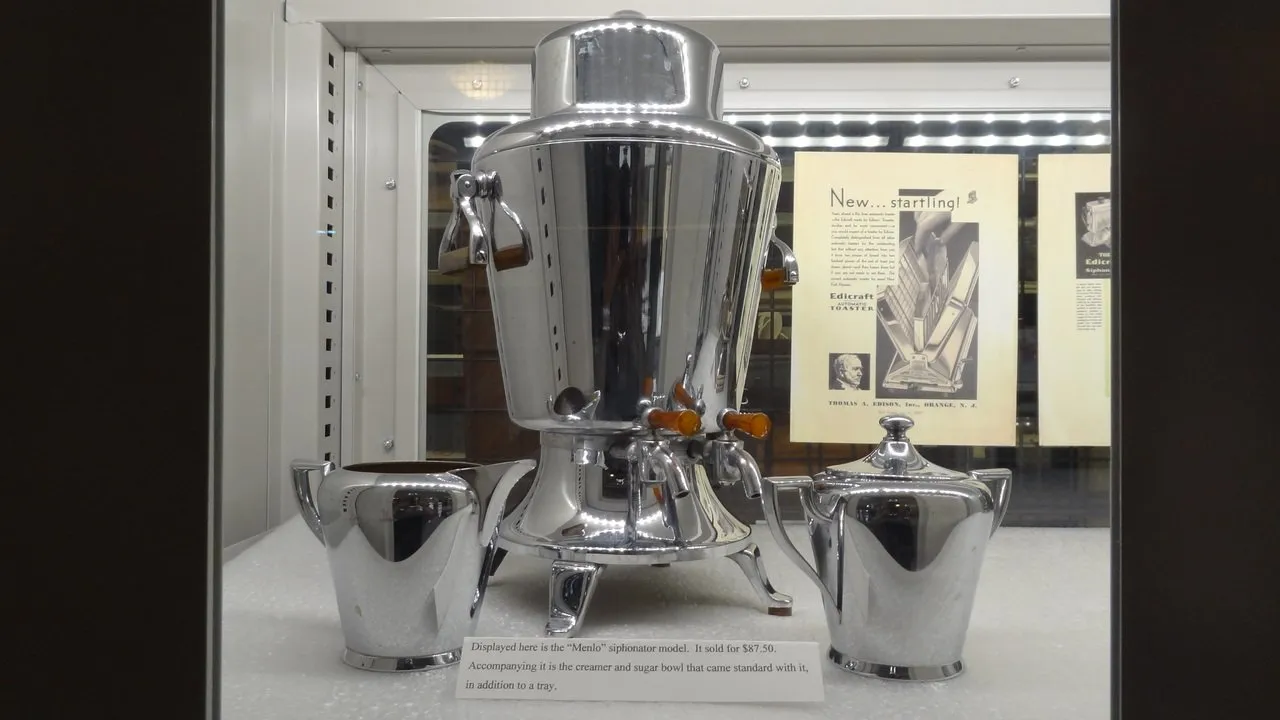
The "Menlo" siphonator model.
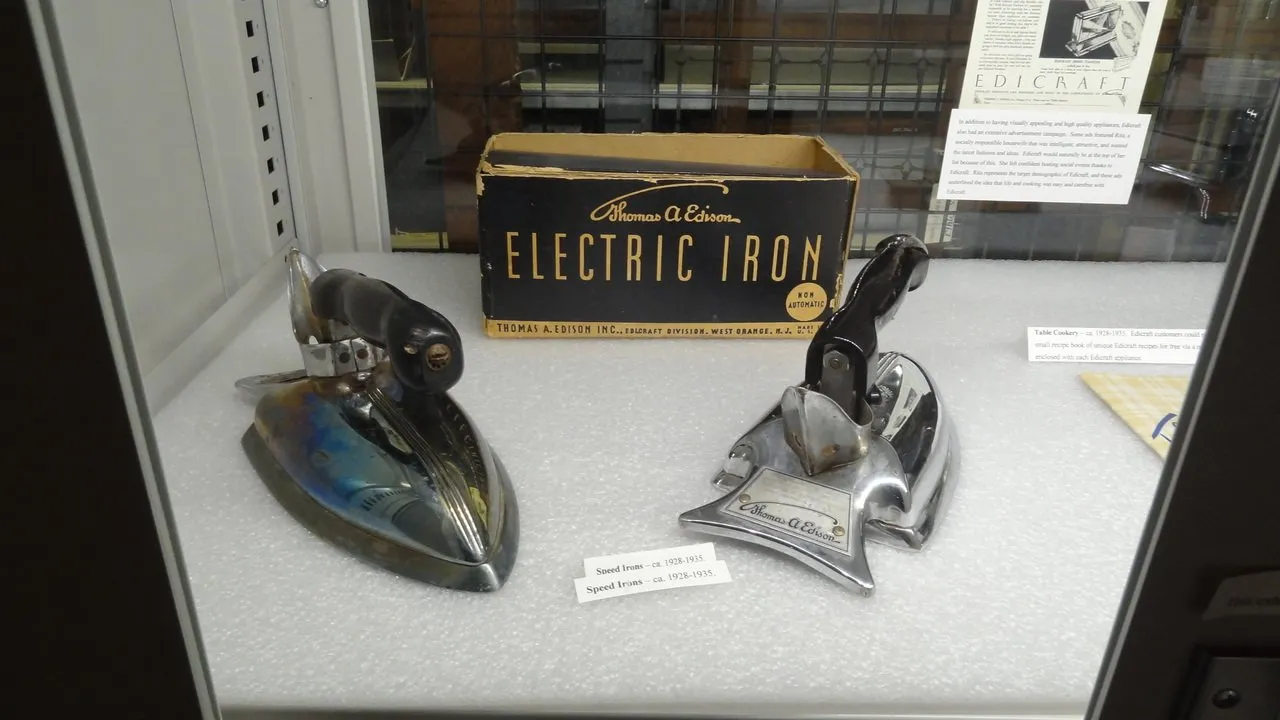
Edicraft electric irons.

Edicraft Speed Toaster (right) and Junior Toaster (left).
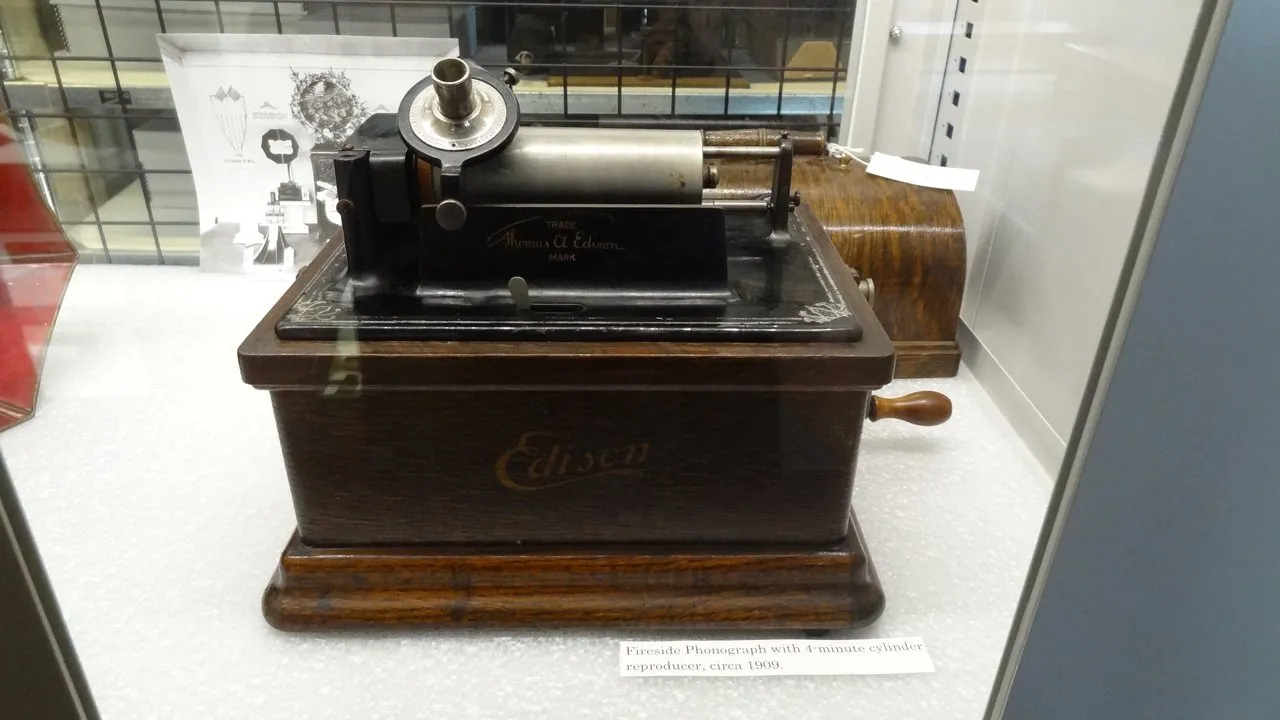
Fireside Phonograph with 4-minute cylinder reproducer, circa 1909.

Drafting tables.
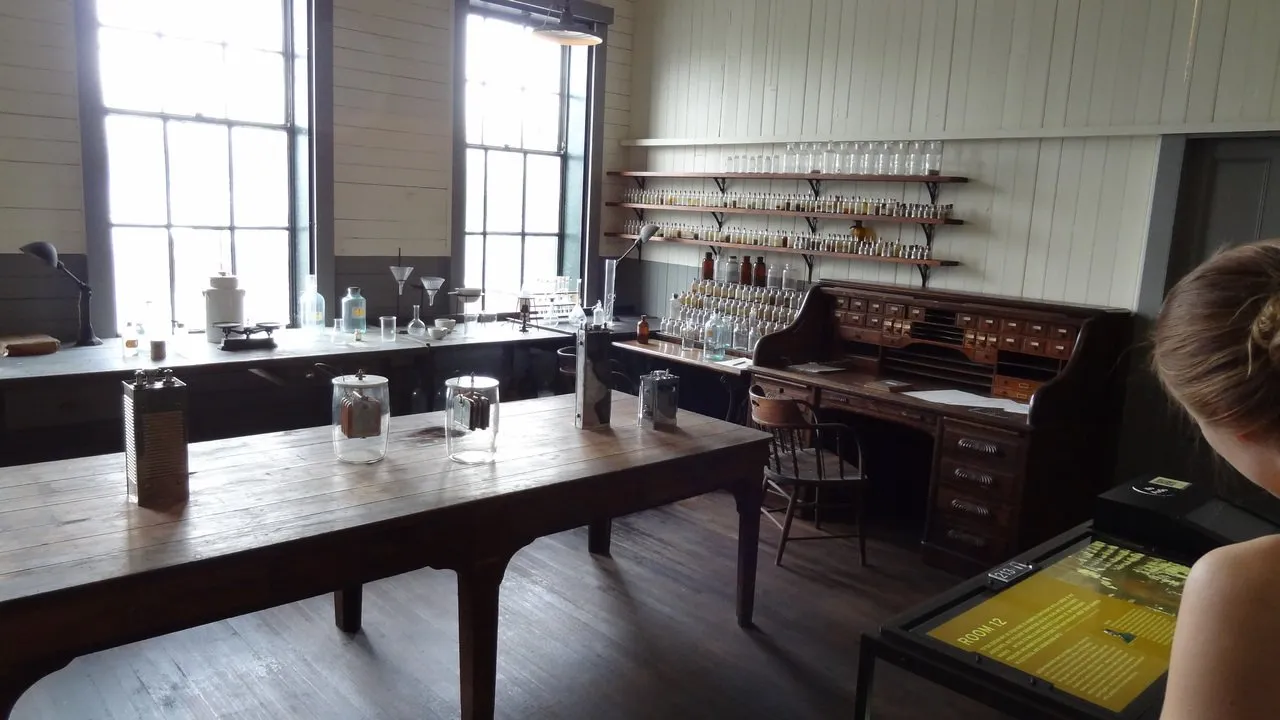
Room 12: Edison's private lab space.
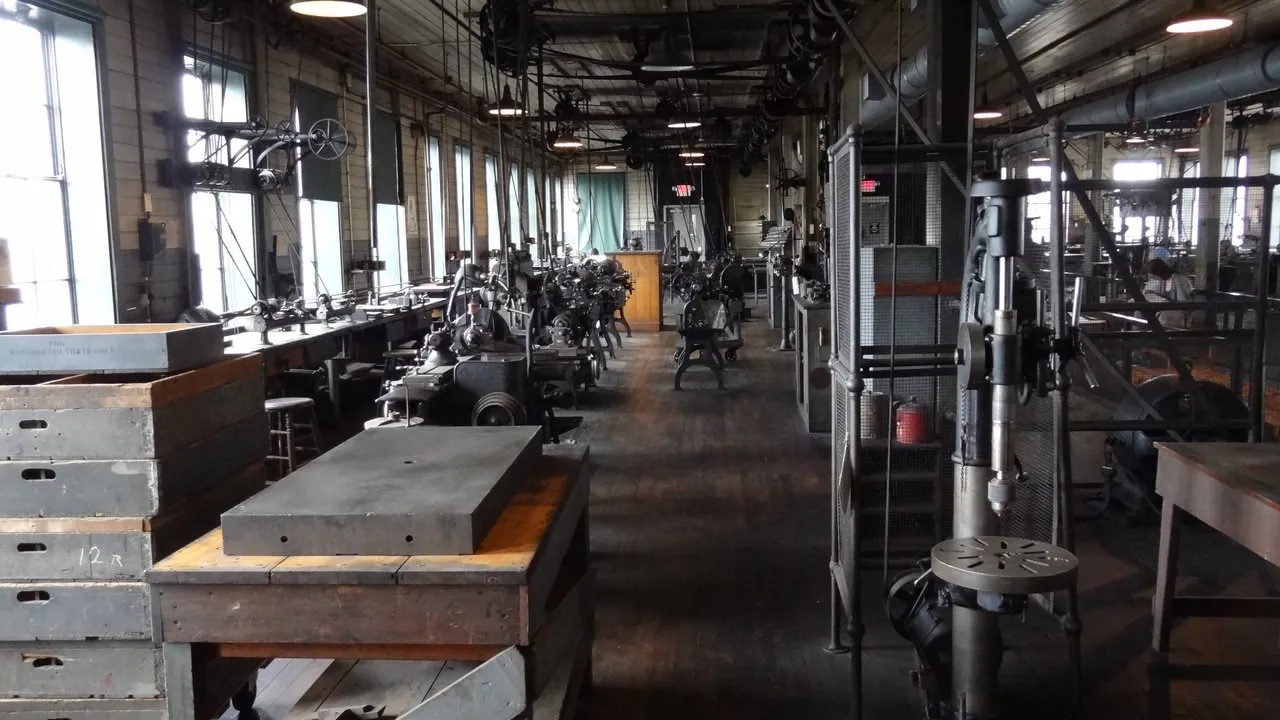
The main machine shop floor.
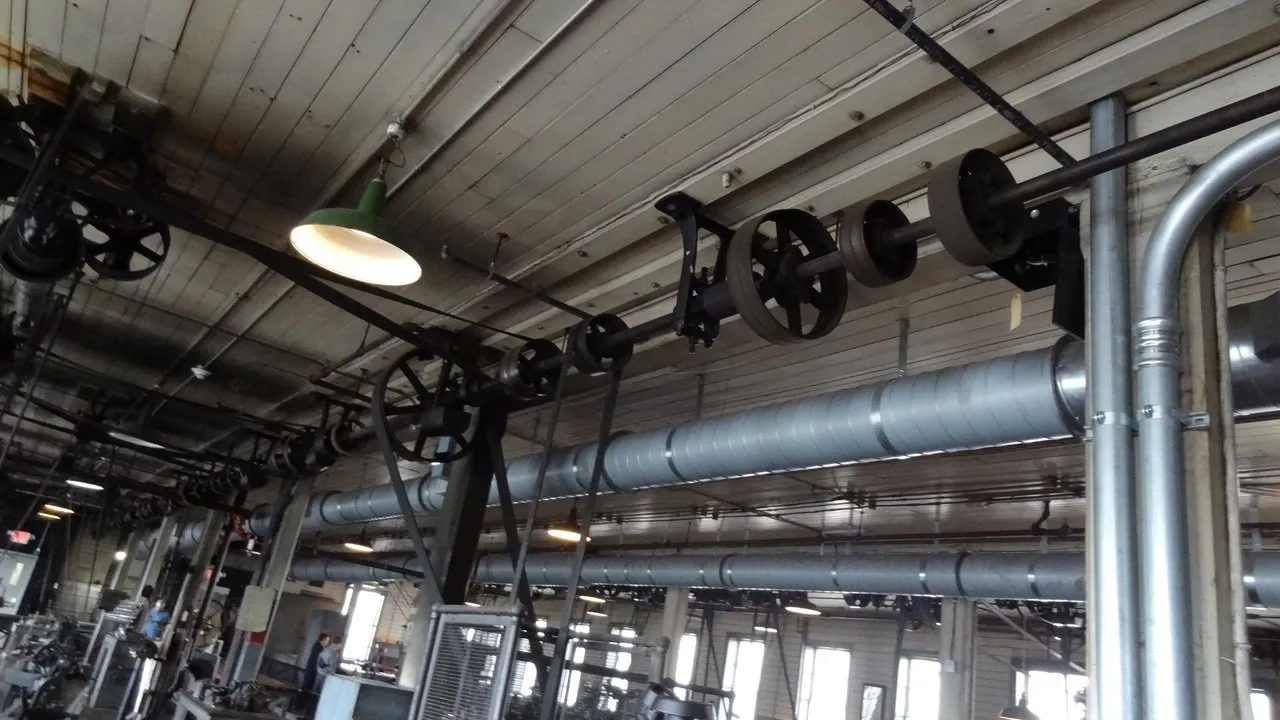
Edison used an ingenious pulley system to power the machine shop. Two large electric motors power the drive shafts on the system, which can be used to power all of the machines in the shop just by engaging the belt drives.
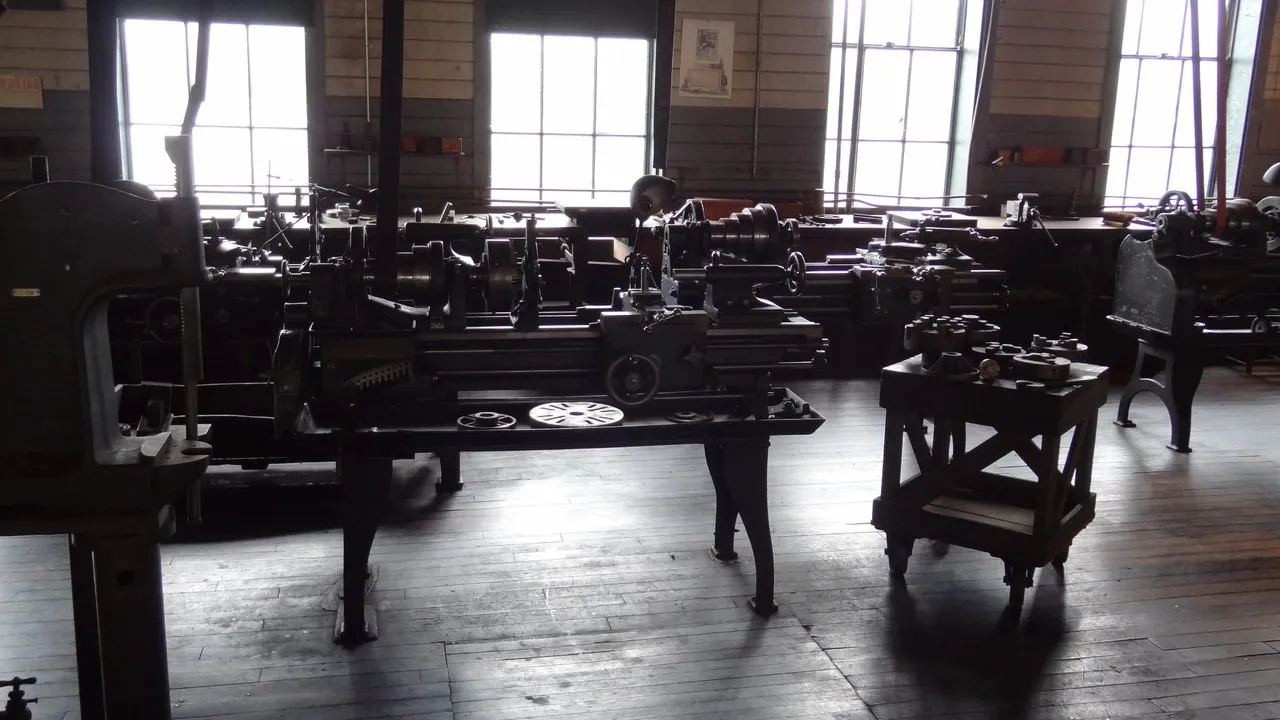
One of Edison's lathes (I think).
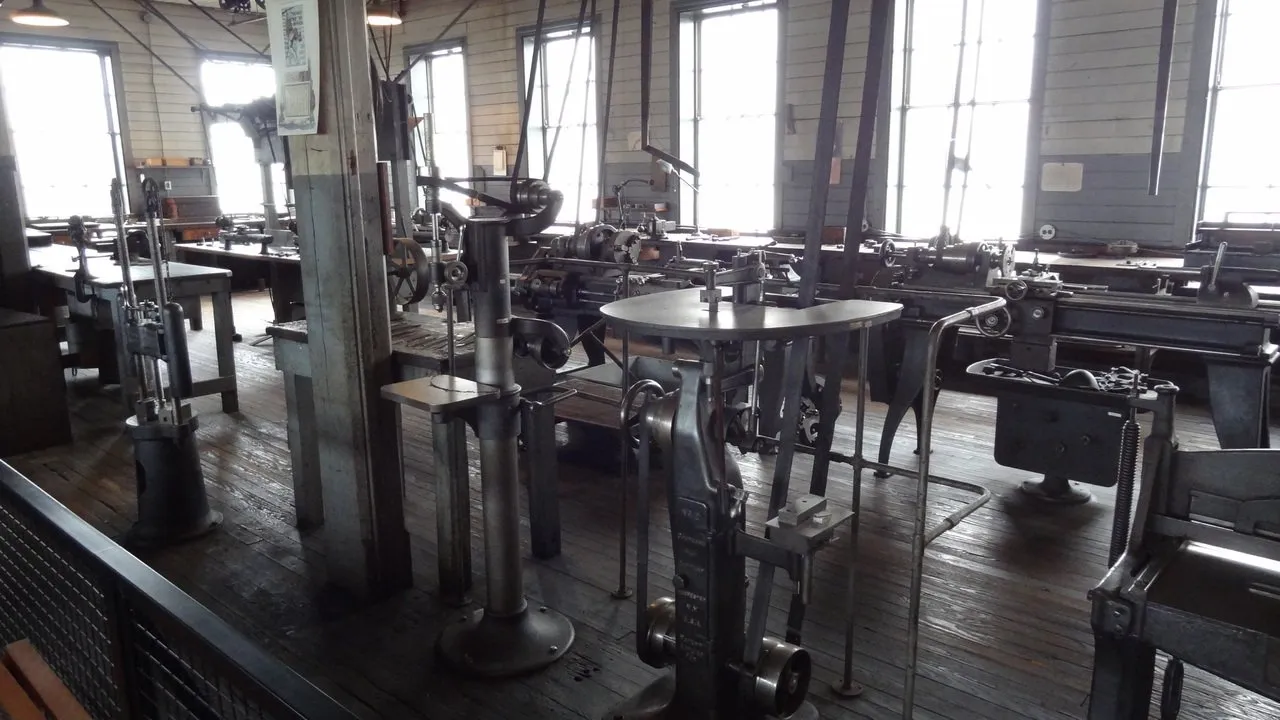
More machine shop space.
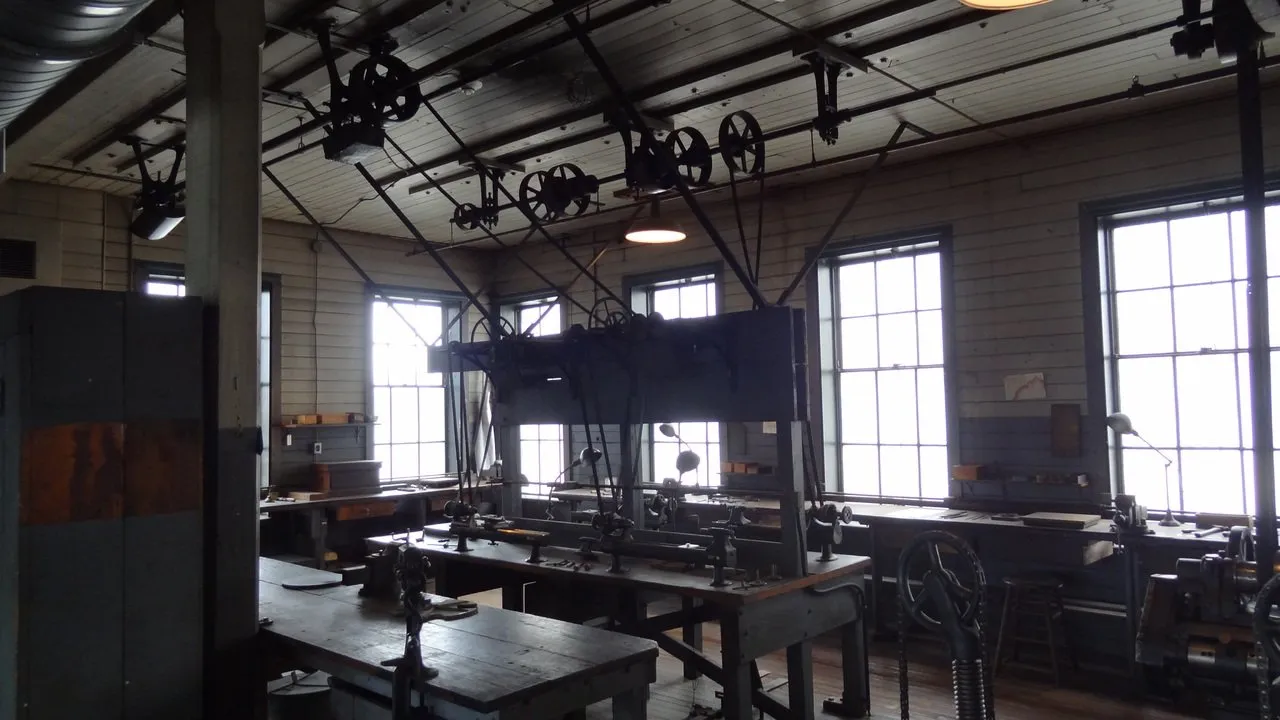
A better view of how the pulley system works.

Panorama of the machine shop floor (with my family in the background, lol).
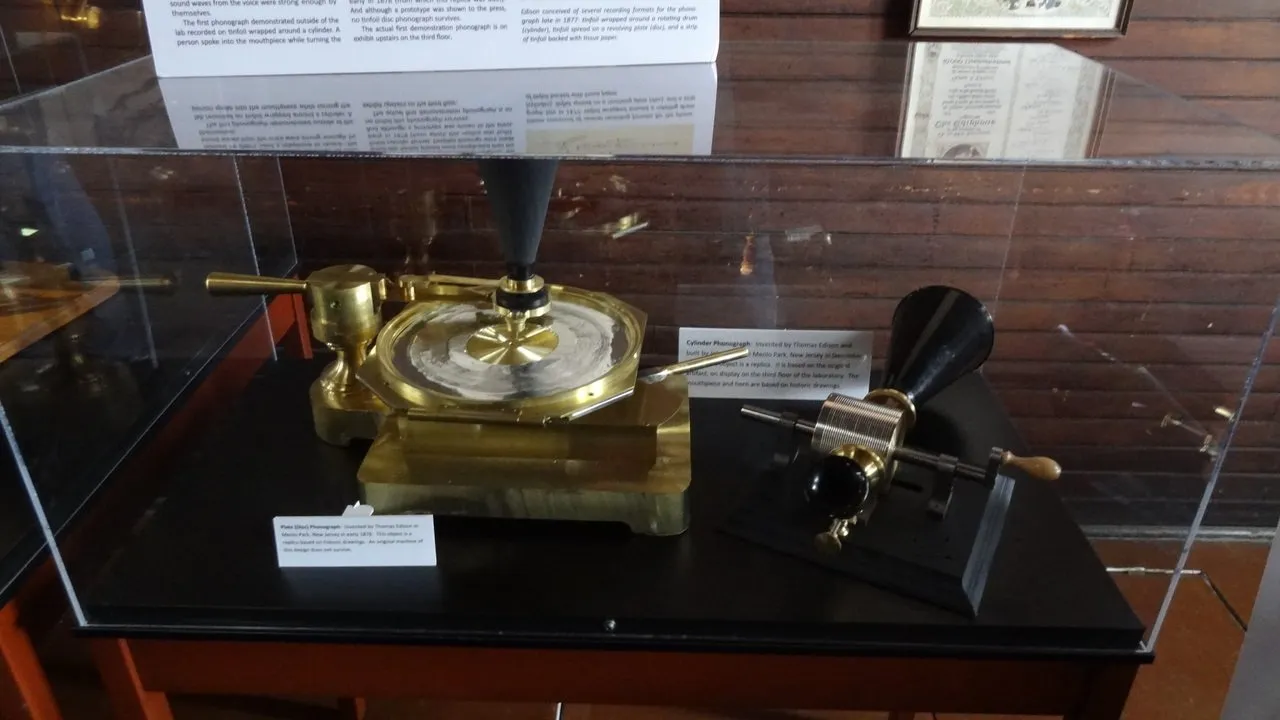
Plate (Disc) Phongraph invented by Thomas Edison in Menlo Park in early 1878.
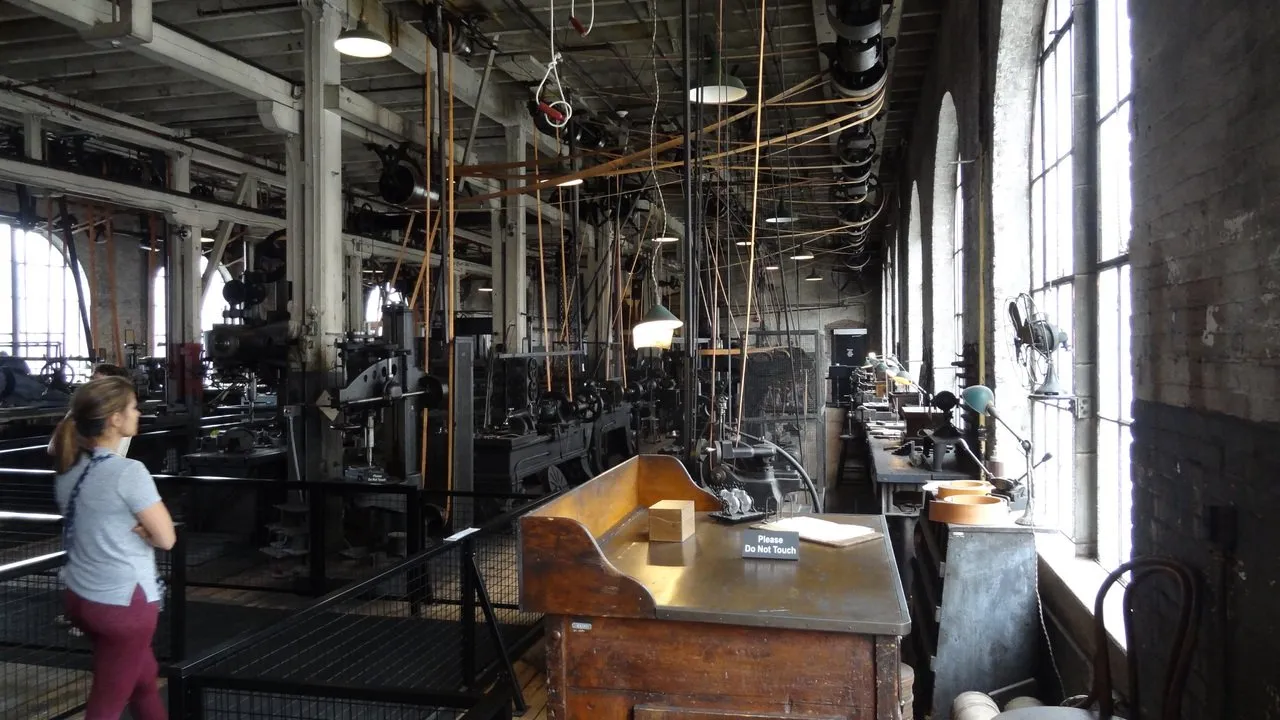
Another view of the pulley system.
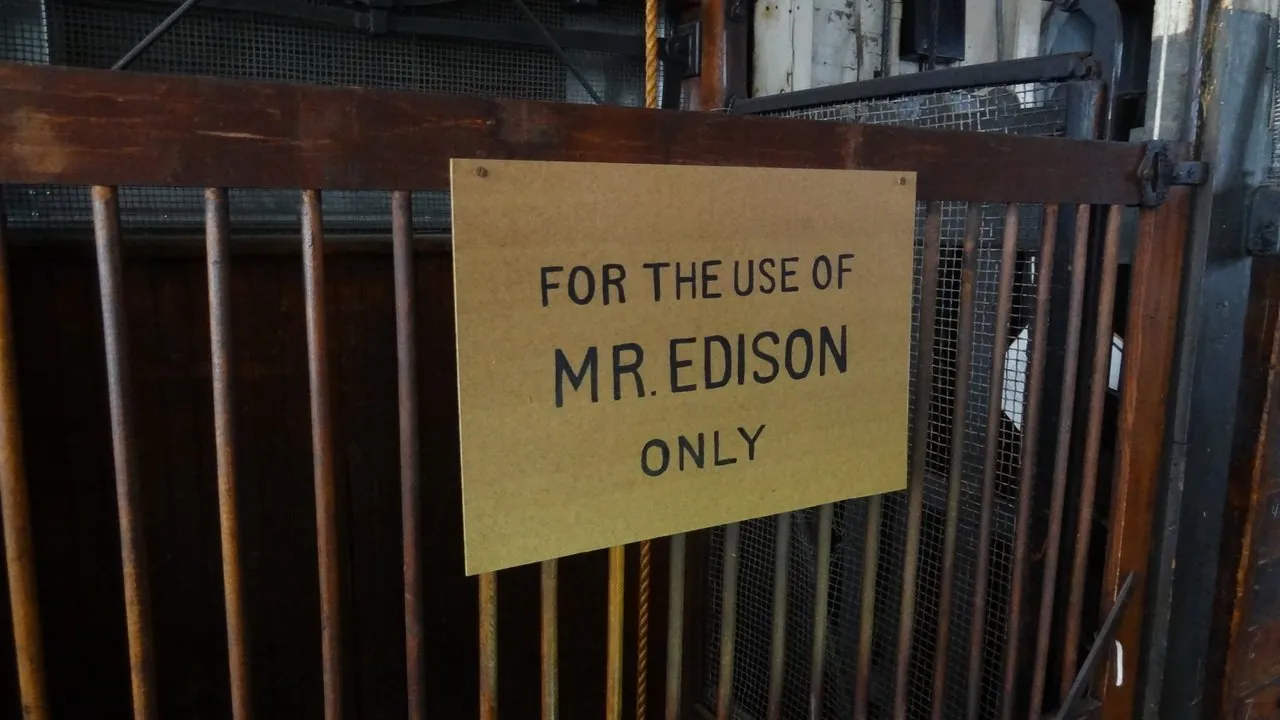
Edison's private elevator.
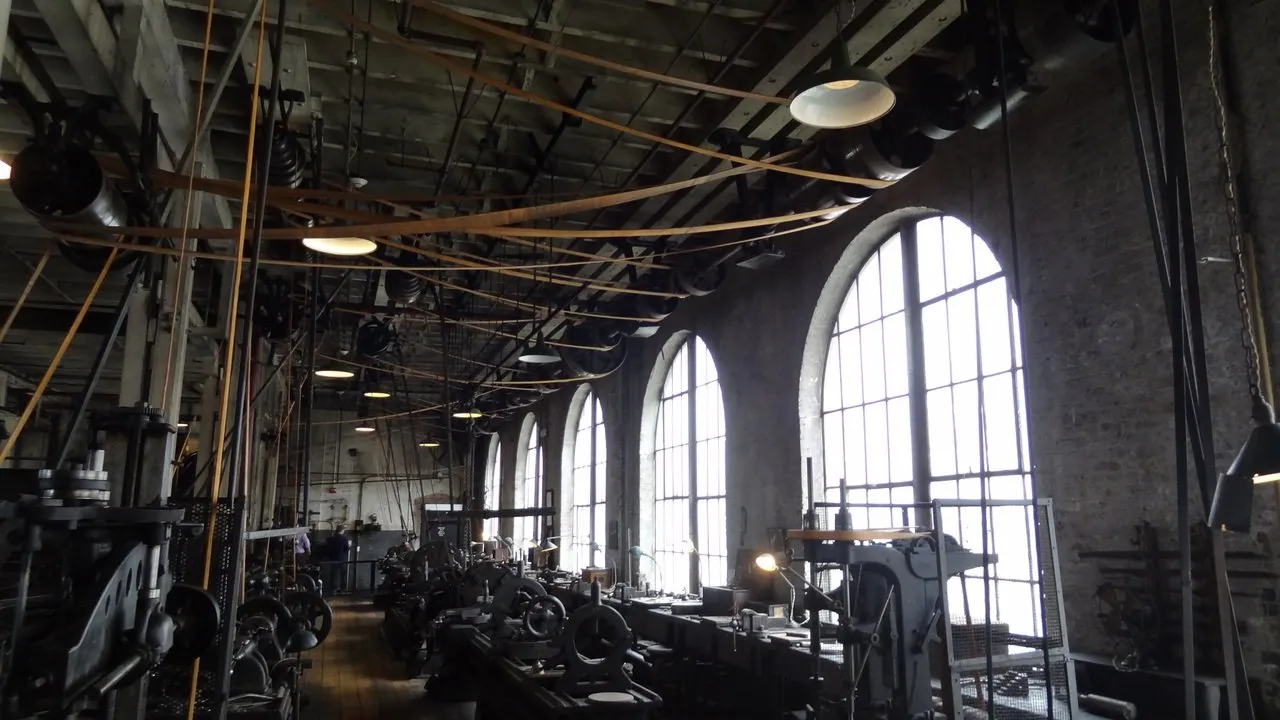
I can't get over this pulley system.... :p
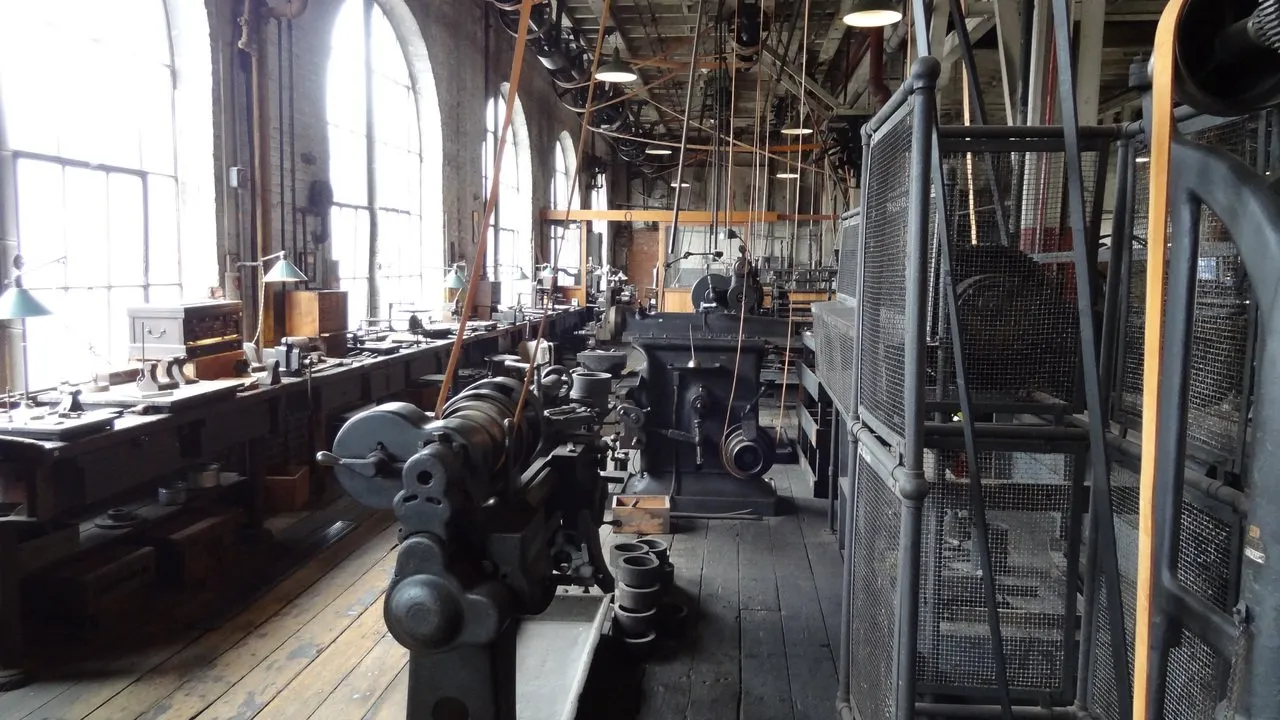
More machine shop space.
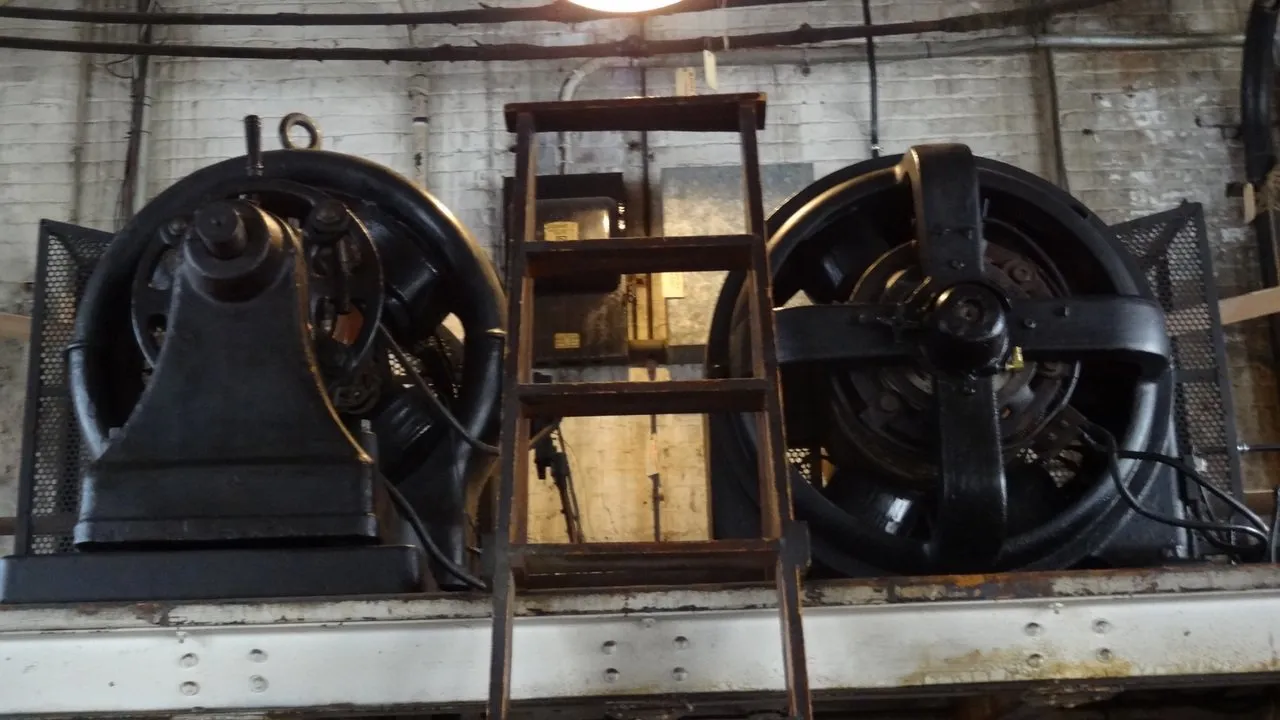
The heavy-duty drive motors for the pulley system.

More machines.

Another lathe.

Even MORE machine shop space!
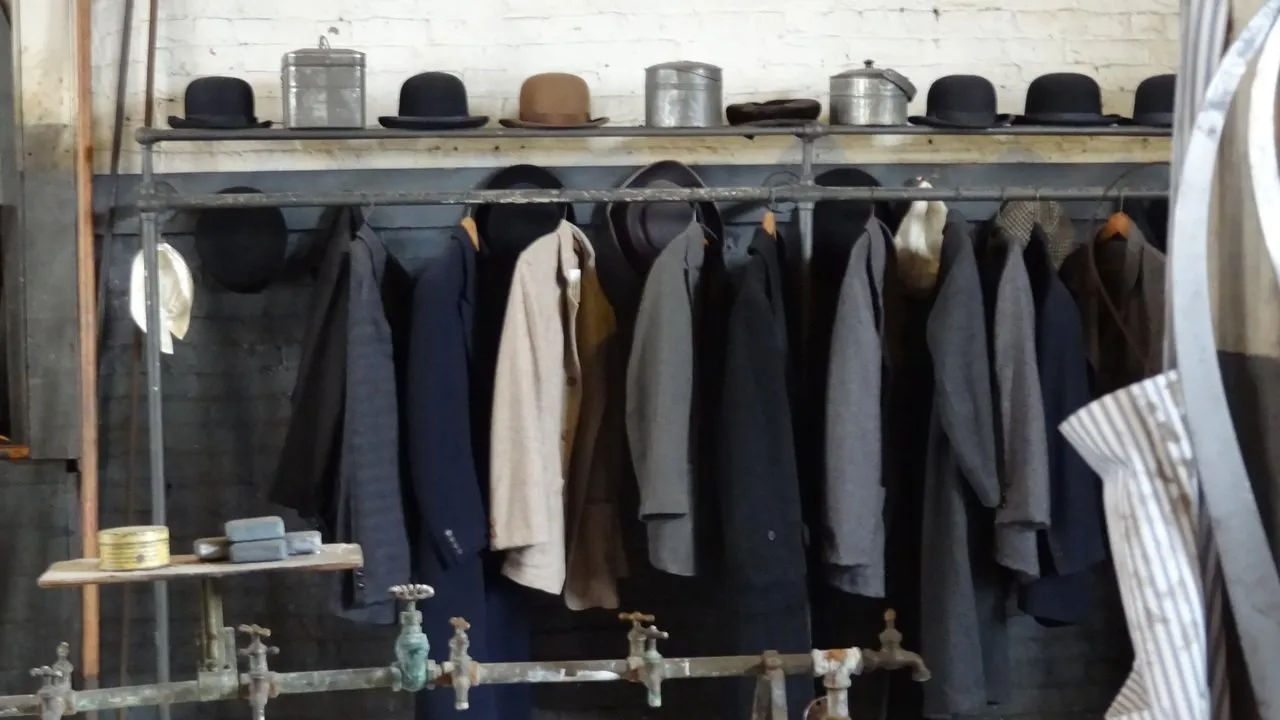
Coat rack where workers kept their hats and lunch tins.
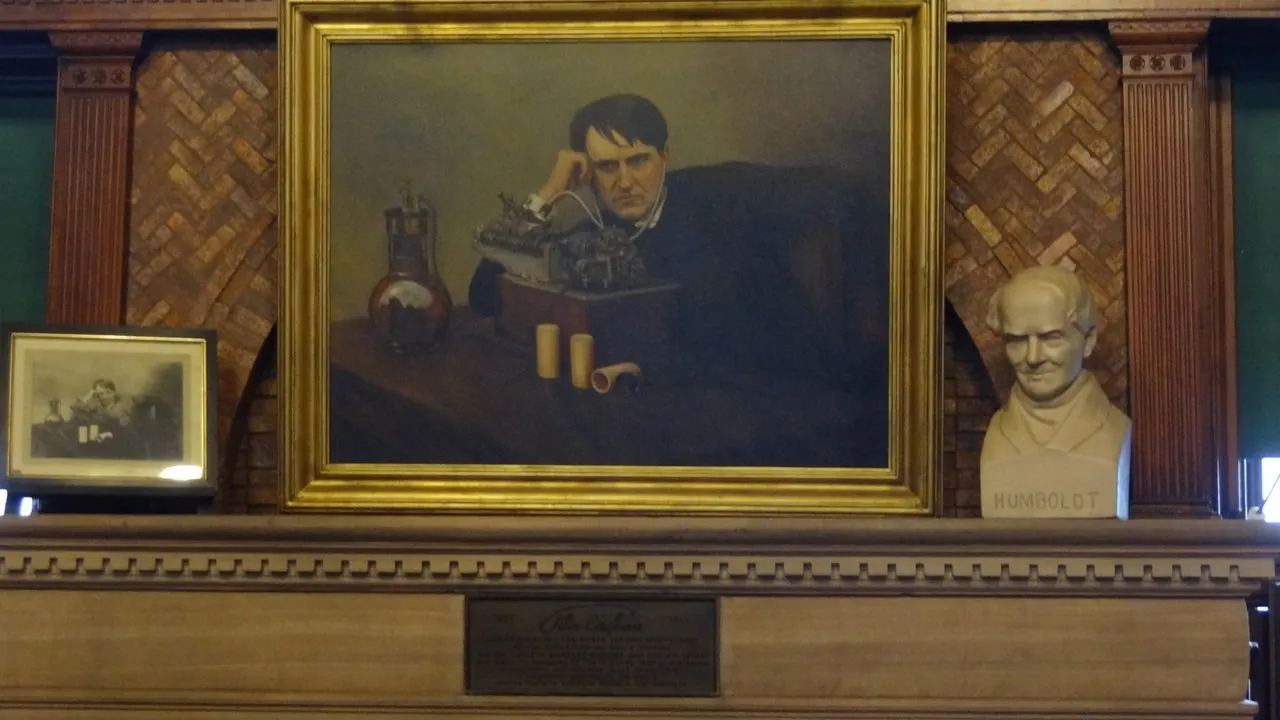
Portrait of Edison with a cylinder phonograph in his private study.
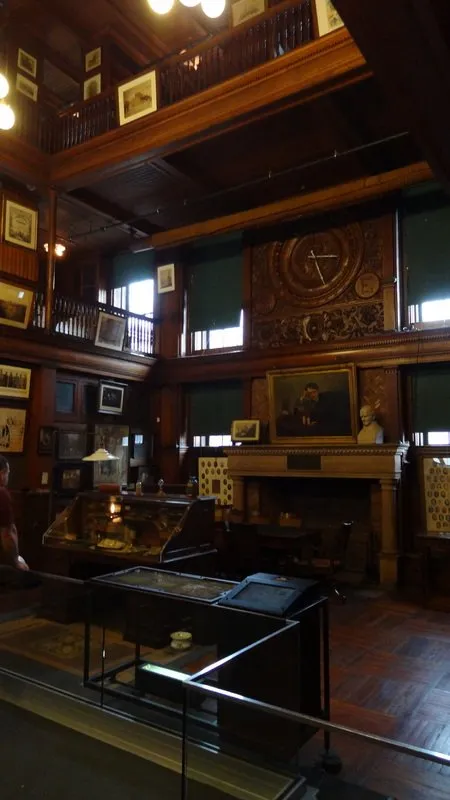
Three-story private library/study for Edison.
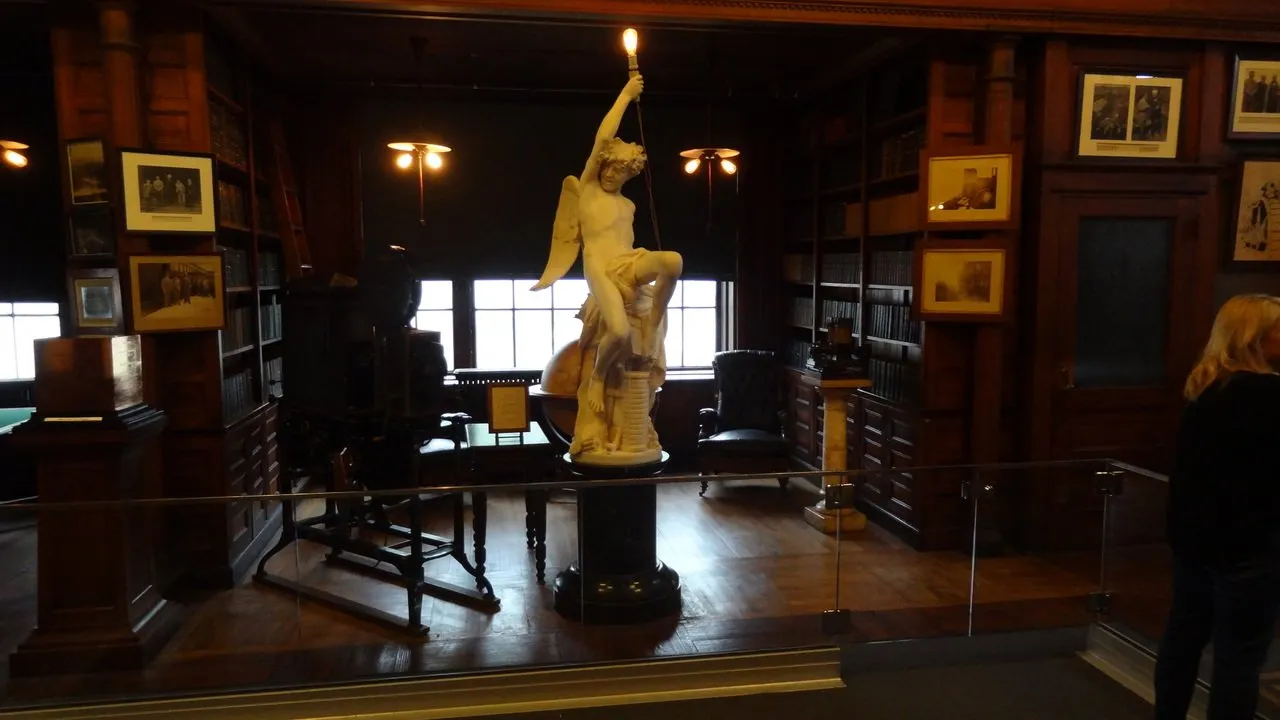
Statue in Edison's study.
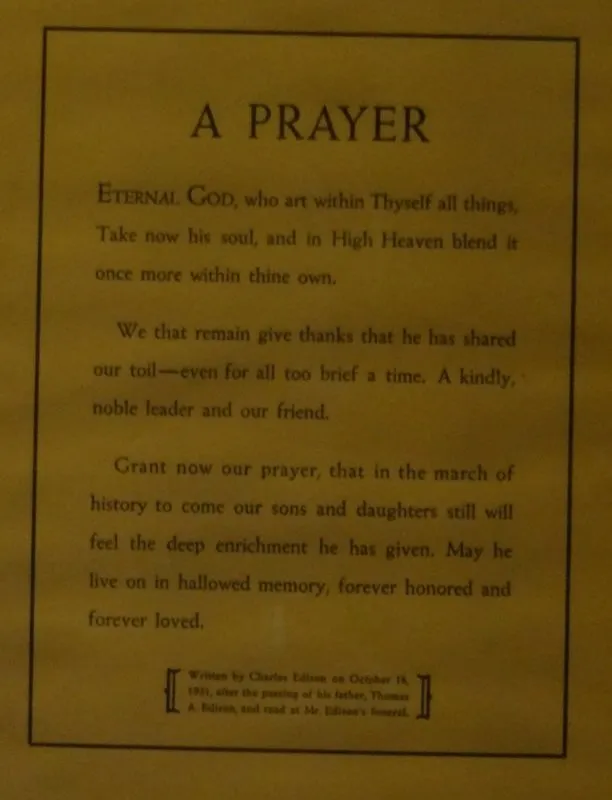
A prayer written by Edison's son, Charles, after the passing of his father, Thomas A. Edison, and read at Mr. Edison's funeral.
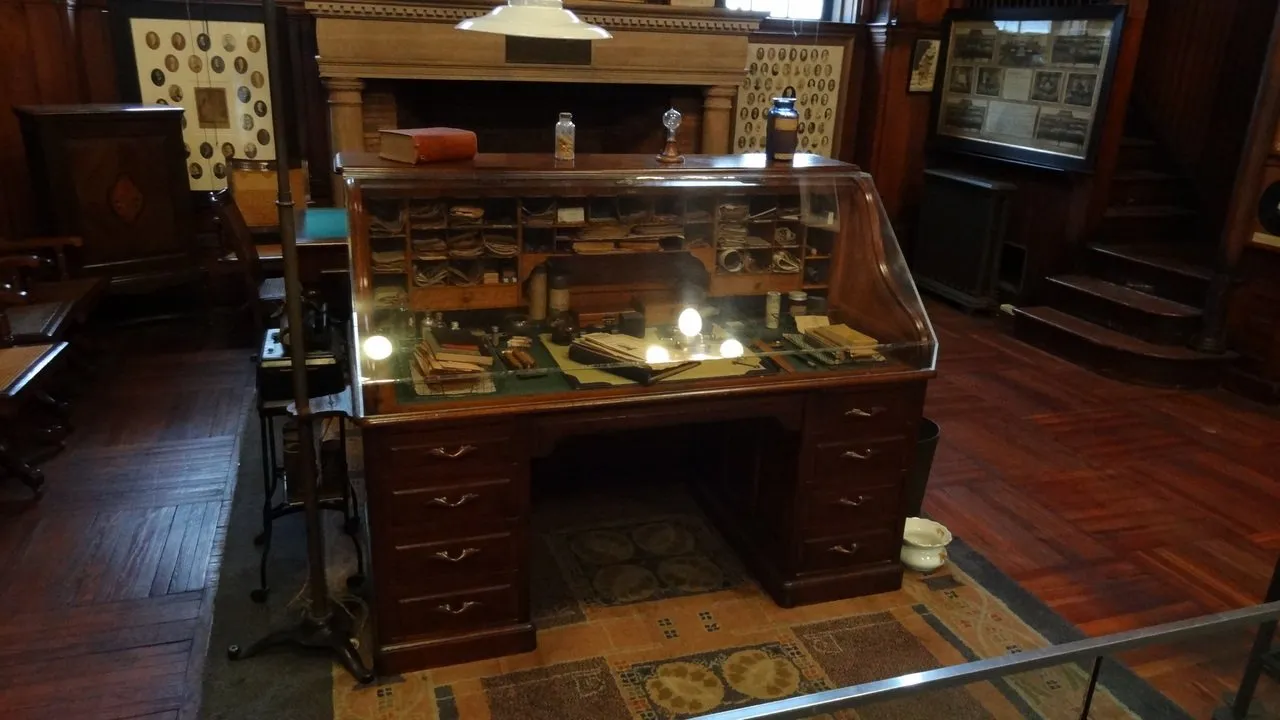 Edison's desk in his private study.
Edison's desk in his private study.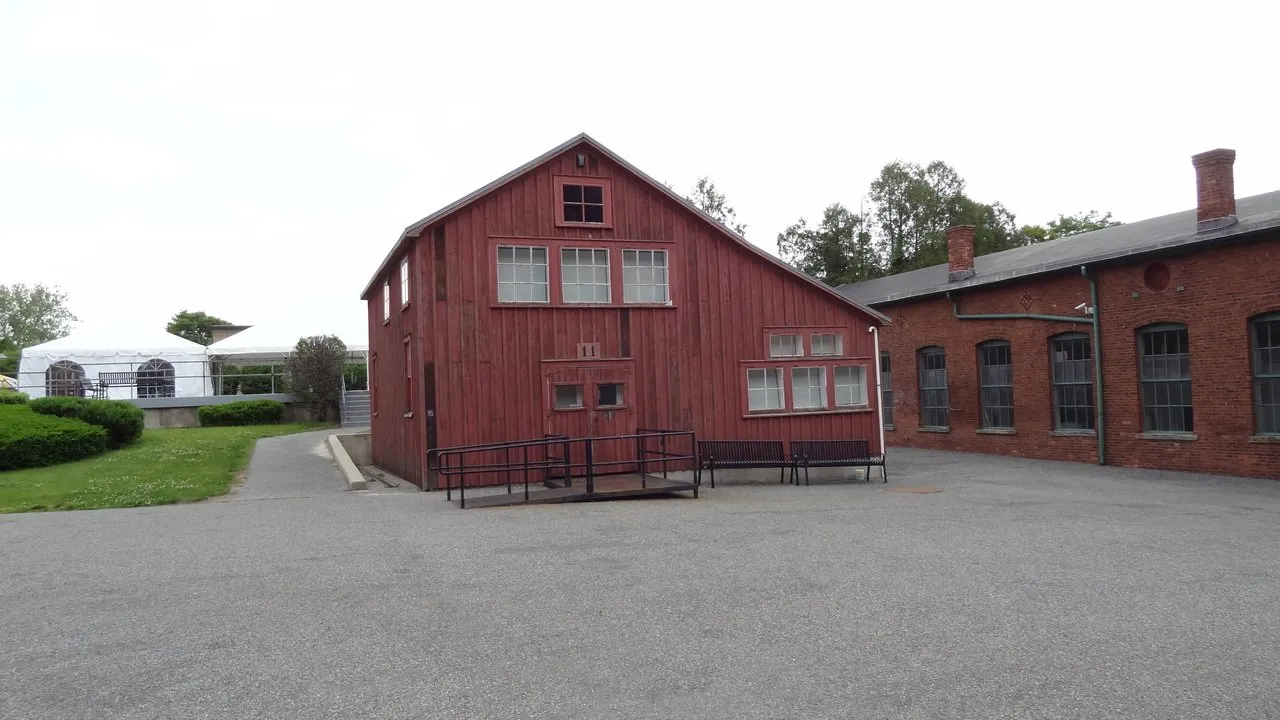
The chemistry lab (I think).

Outside view of the main laboratory building.
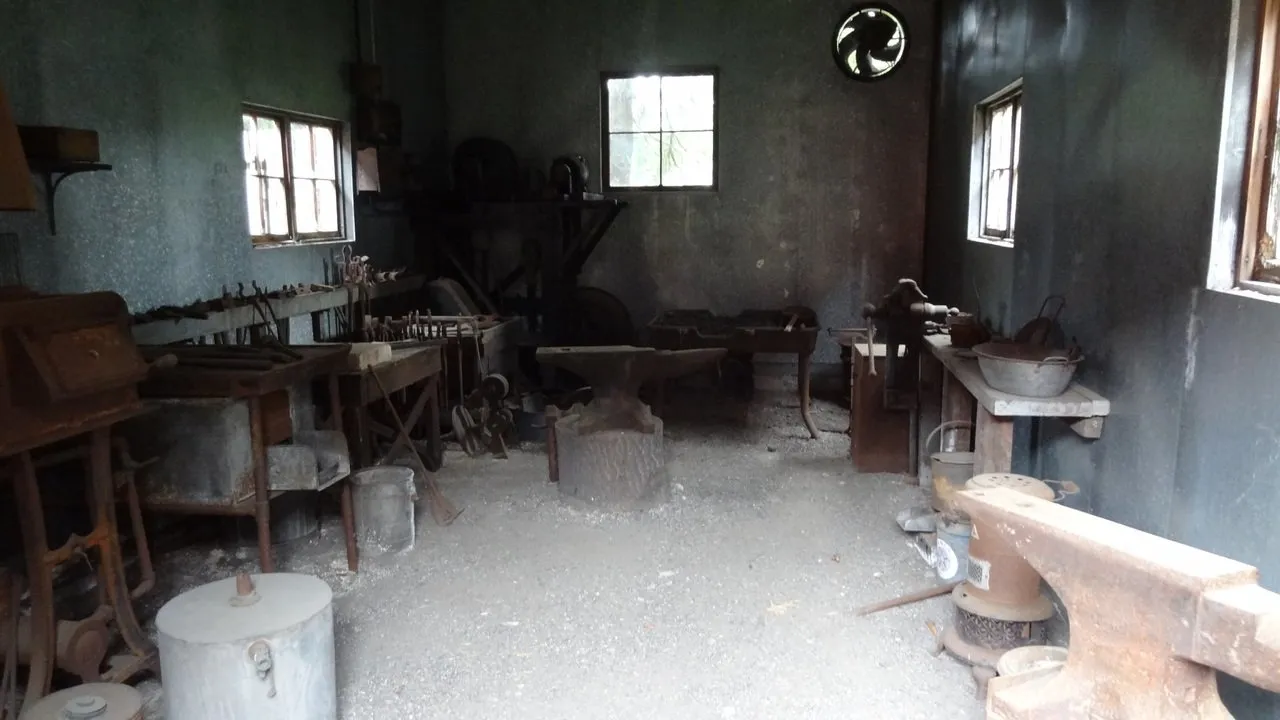
The blacksmith shop for the lab.
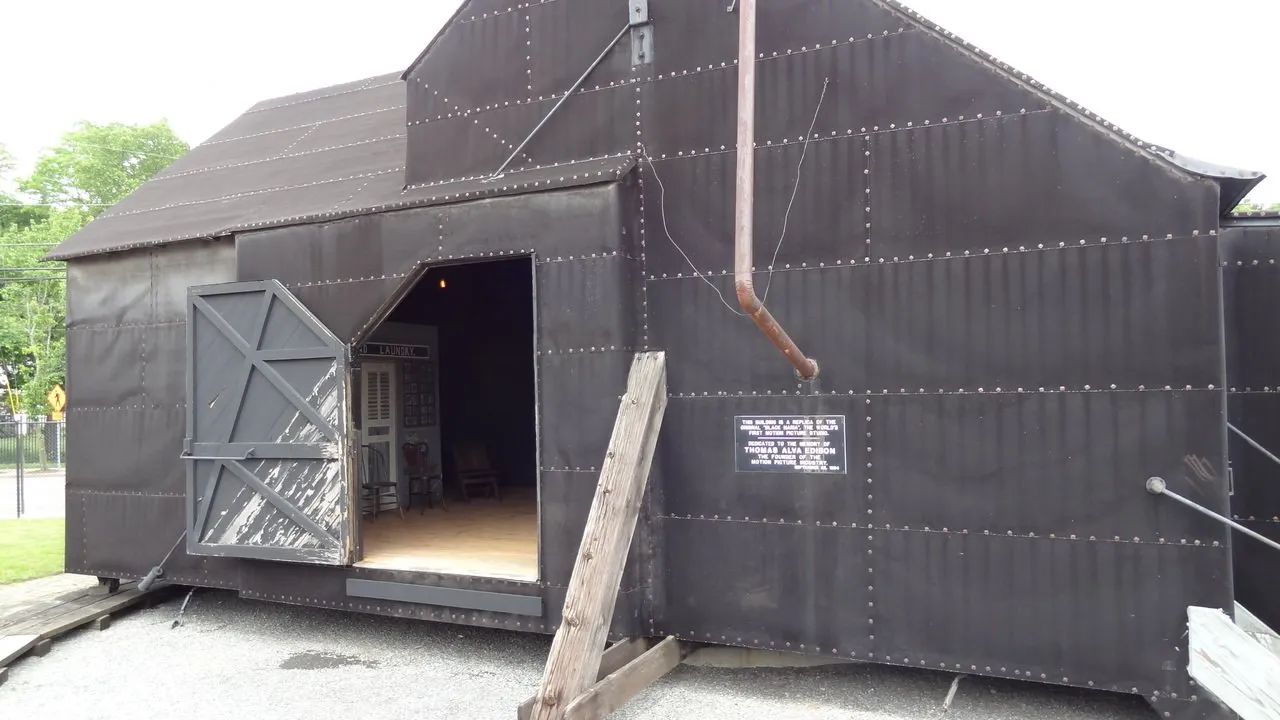
Recording studio for the lab. The entire studio can rotate to capture the sunlight at the proper angle through the roof.
I hope this was at least a little interesting to you. Technology is moving so fast these days, it's nice to slow down and think about some of the past innovators that helped lead us to this point.
Best,
Trogdor :)